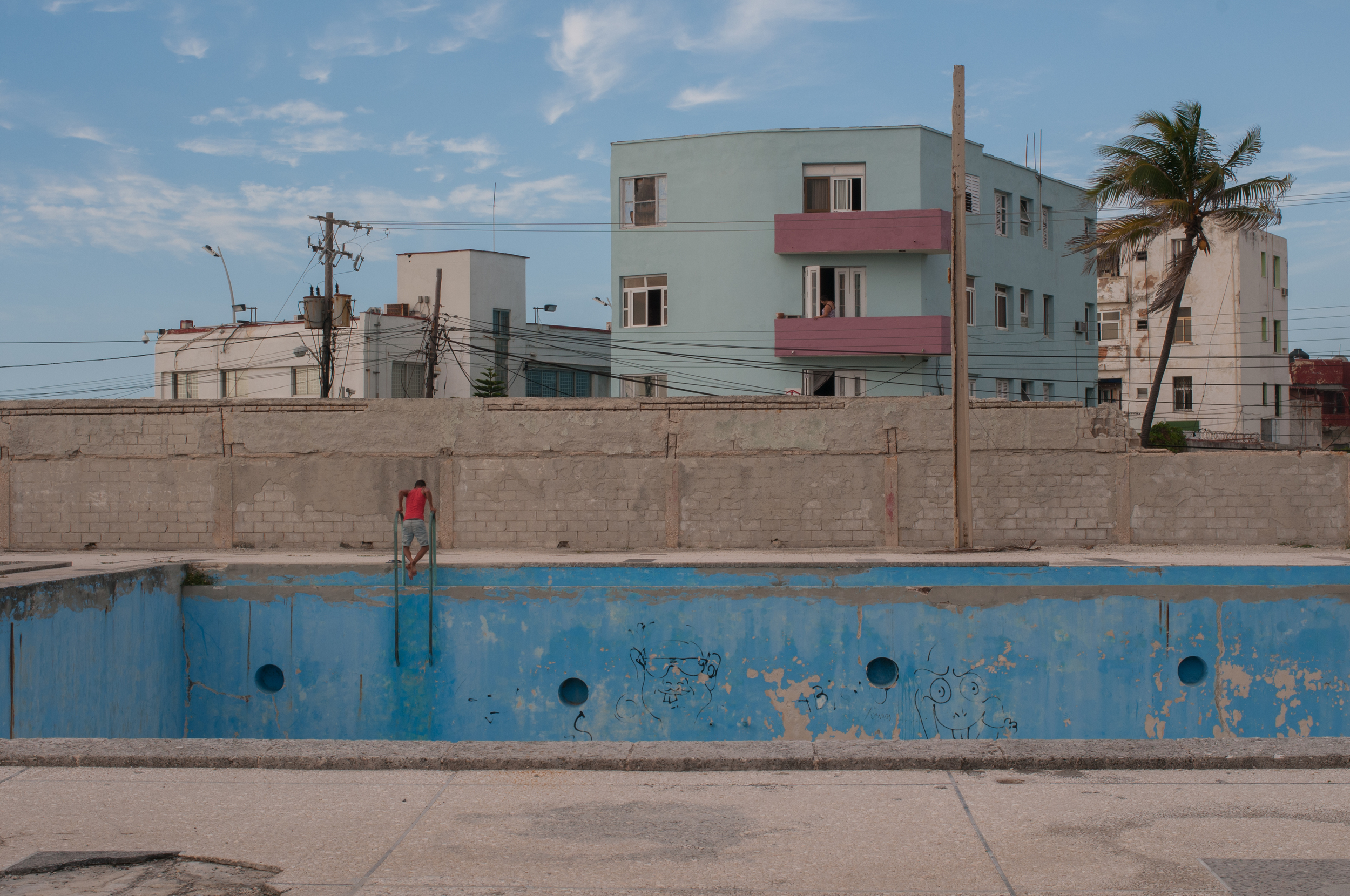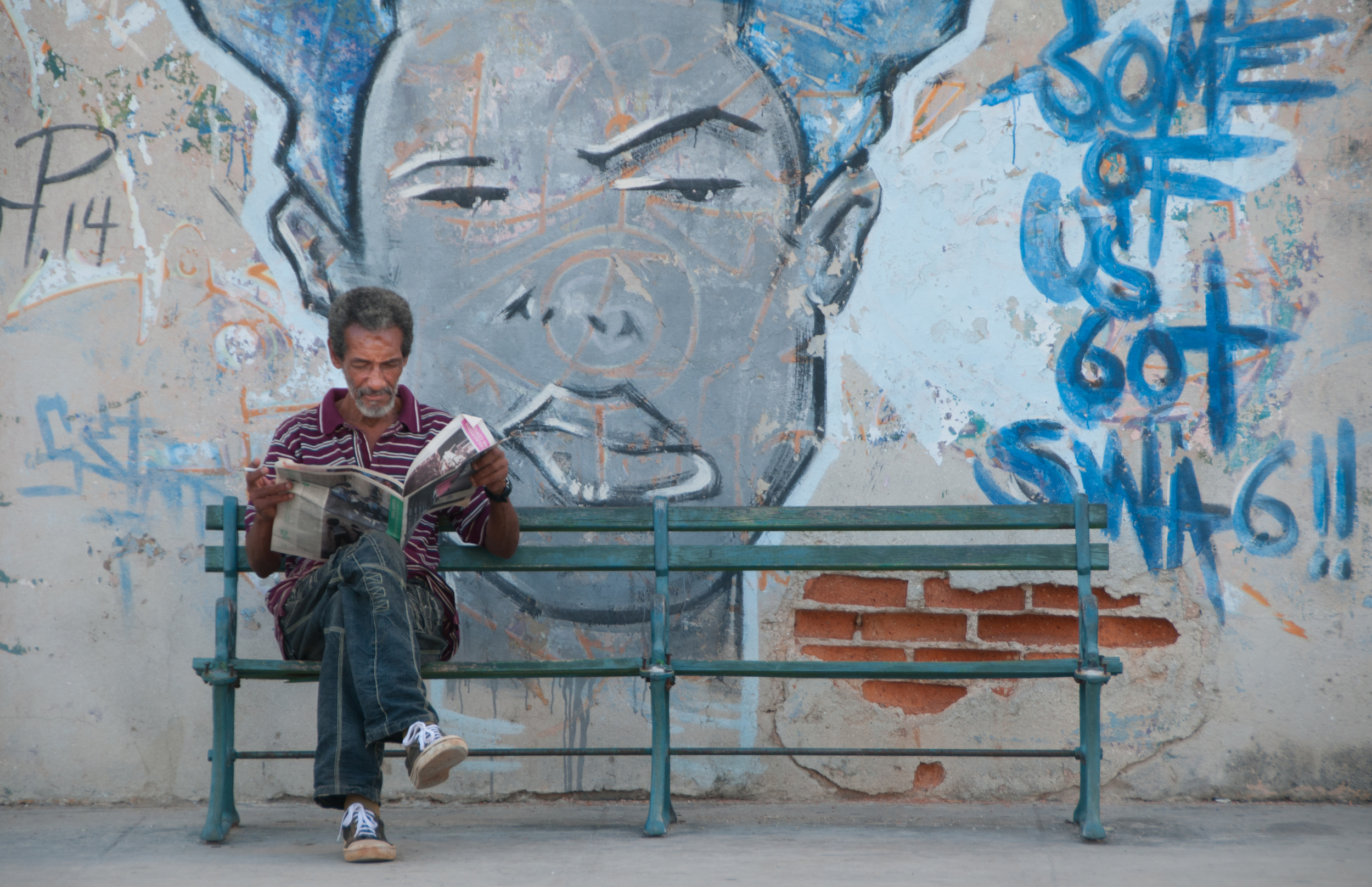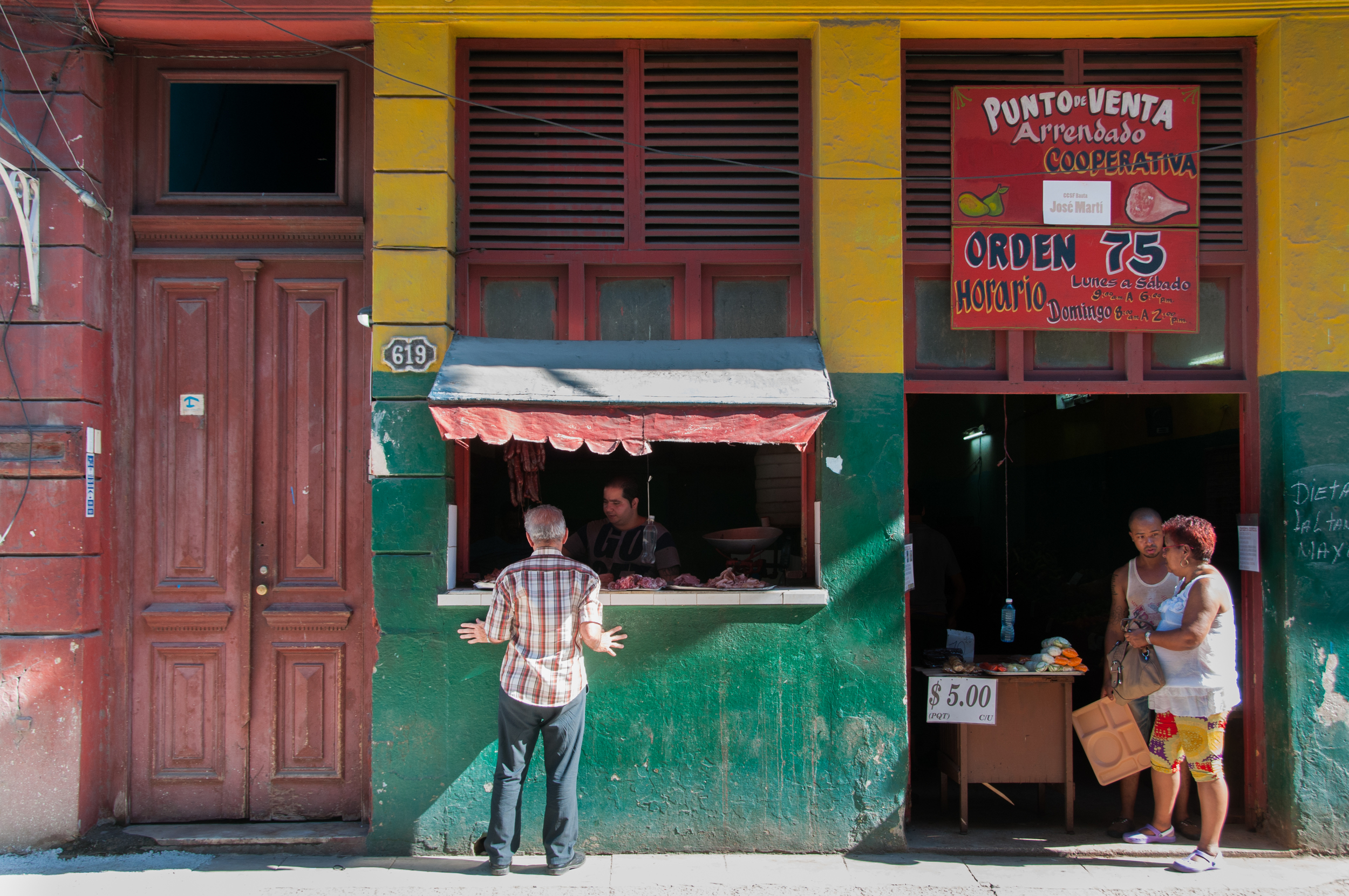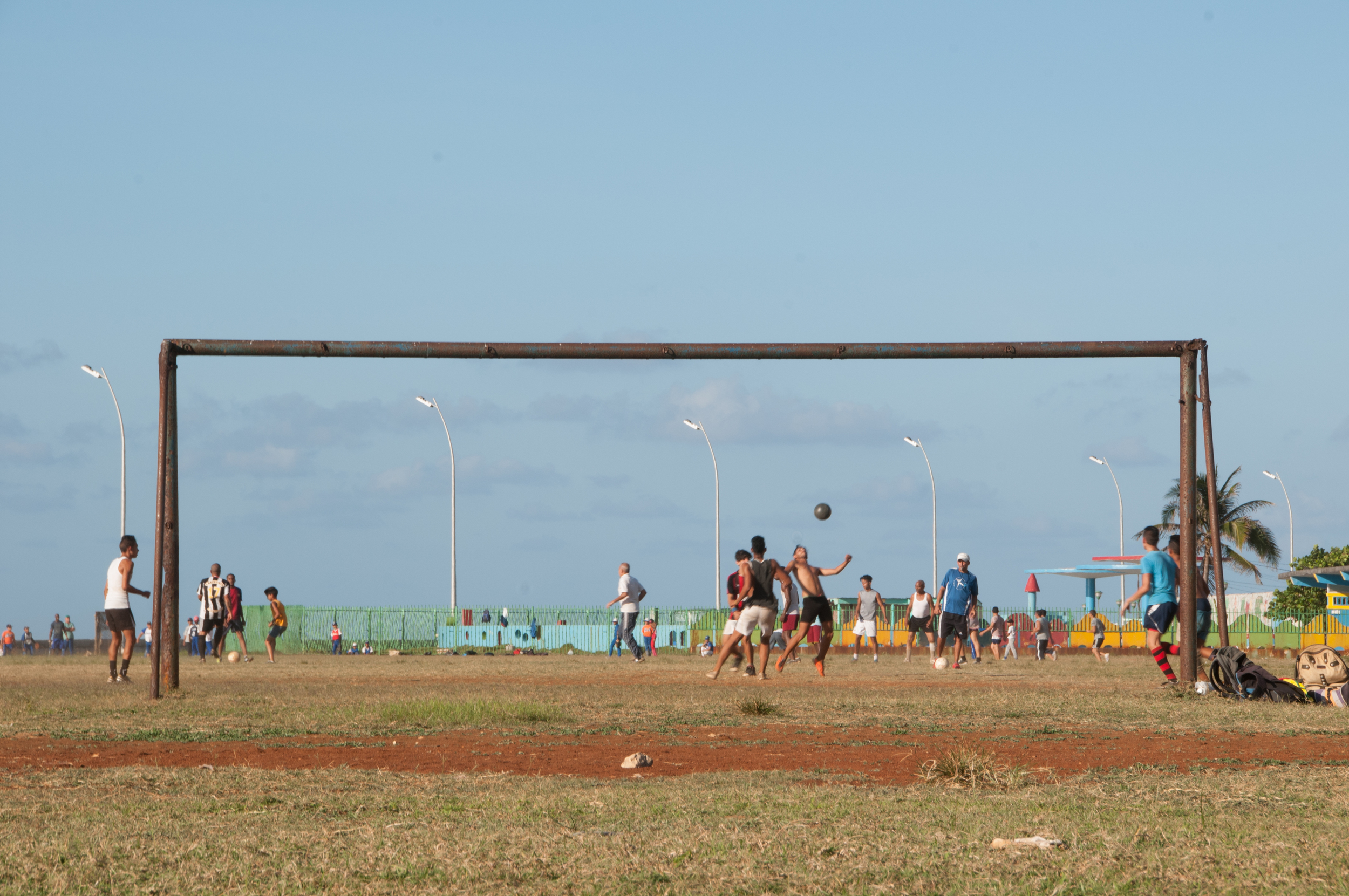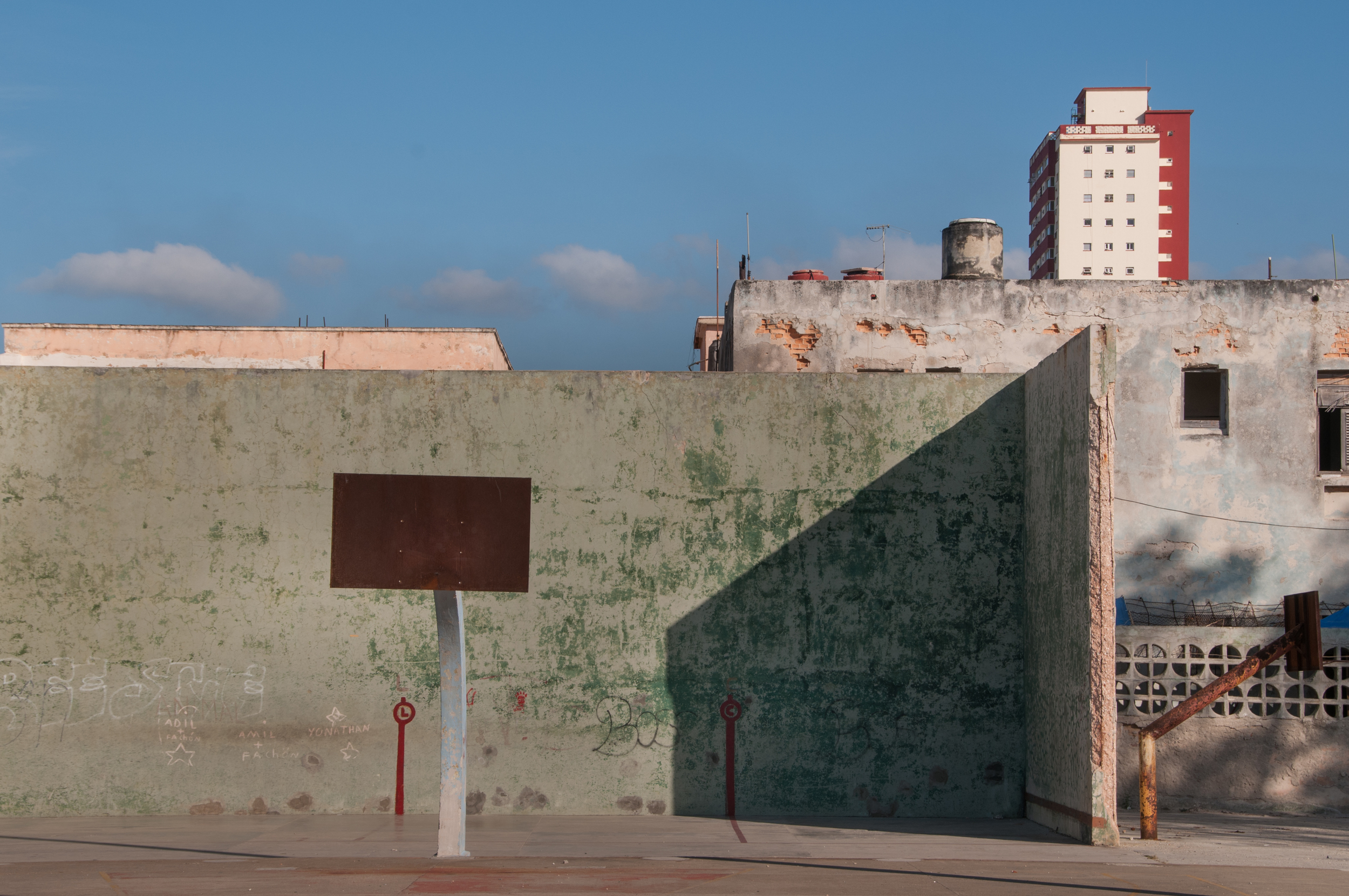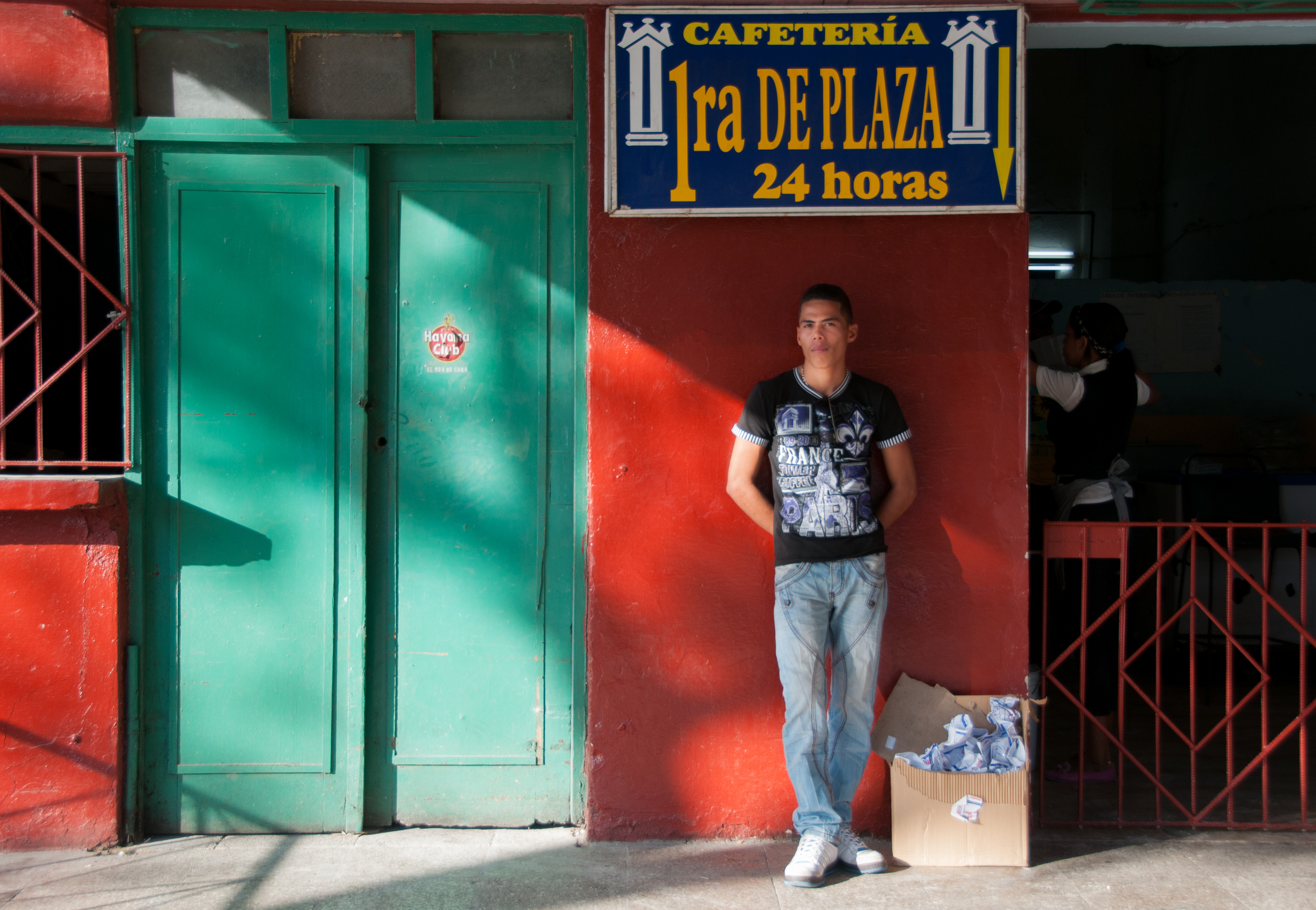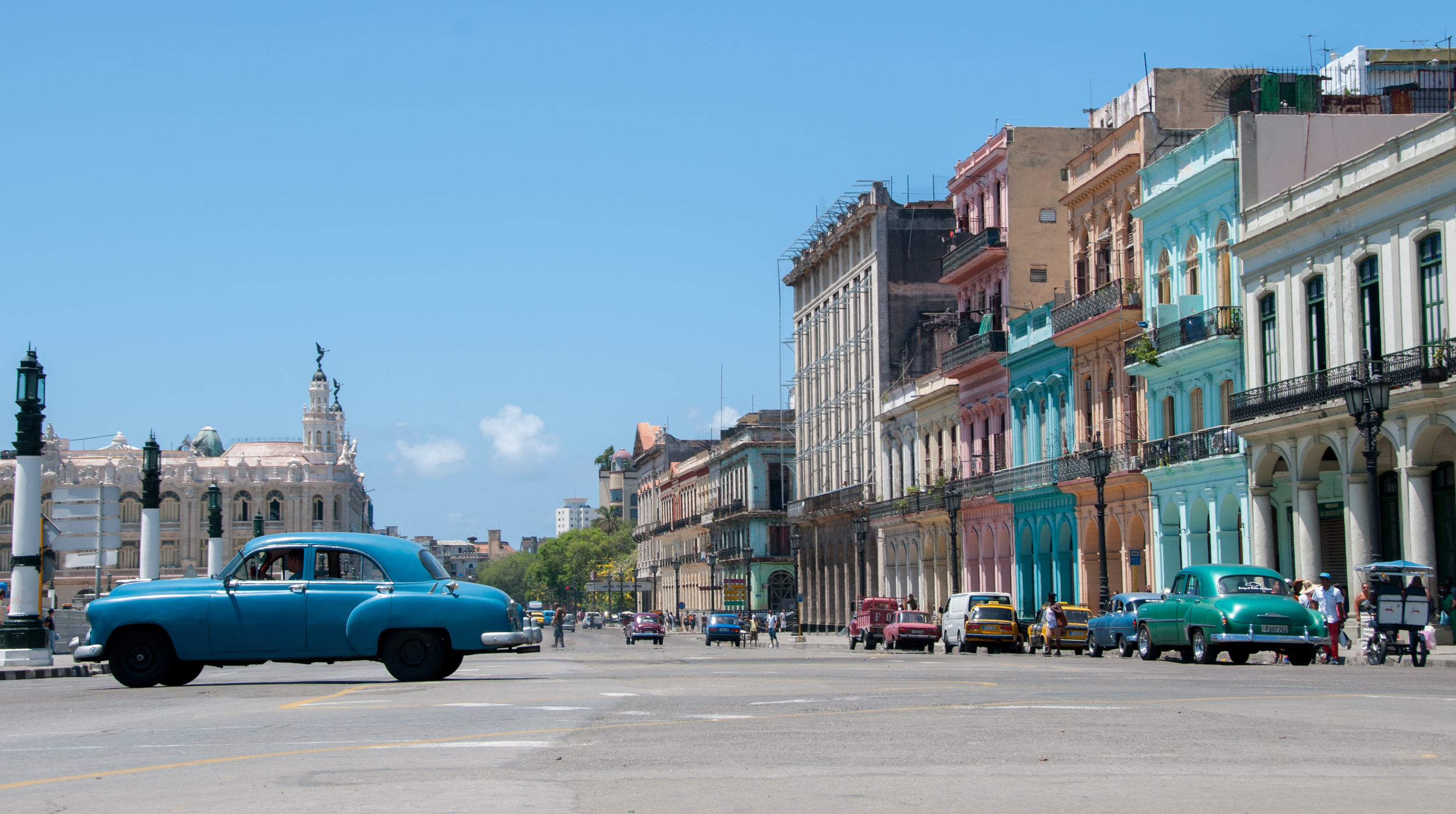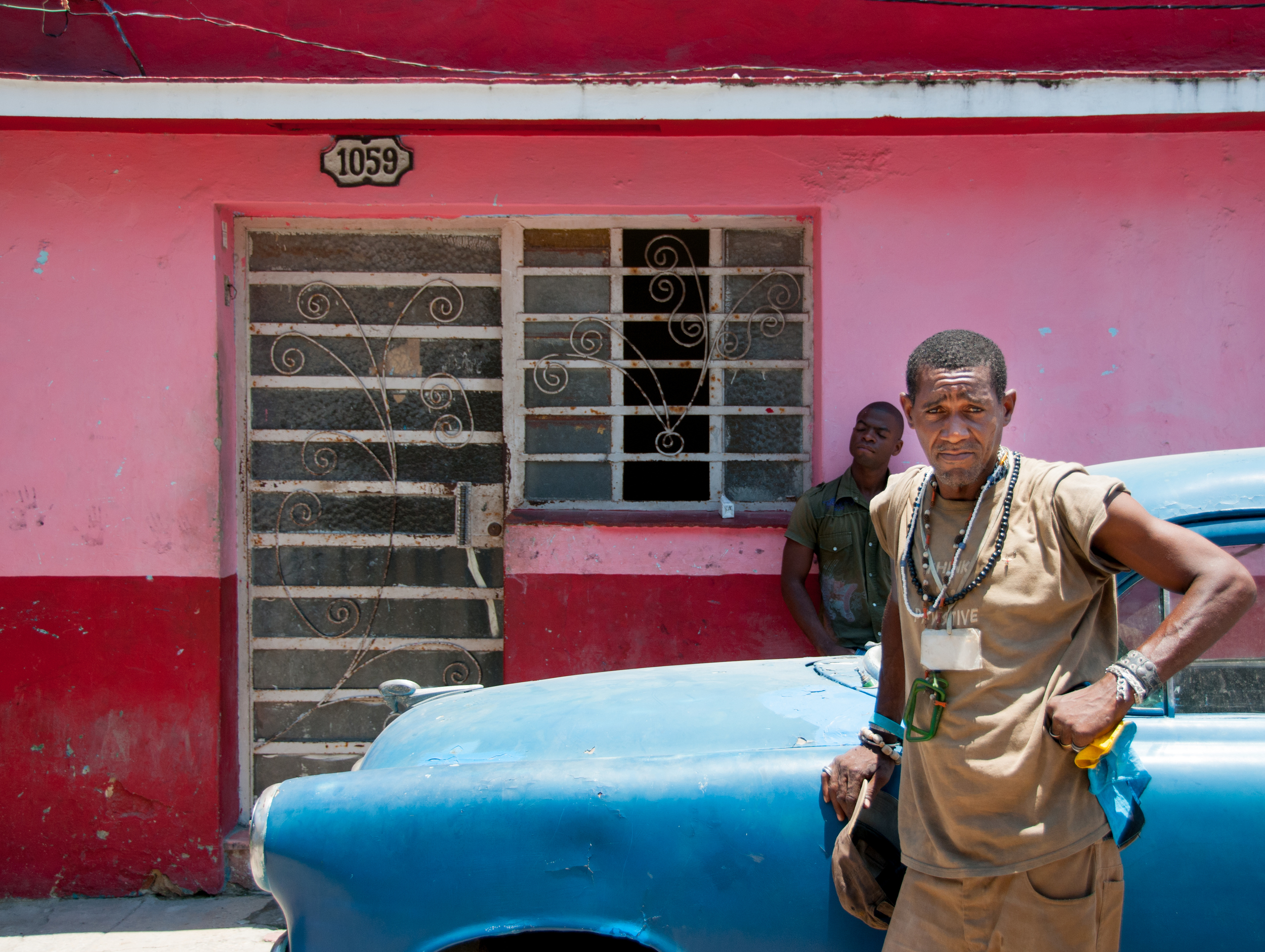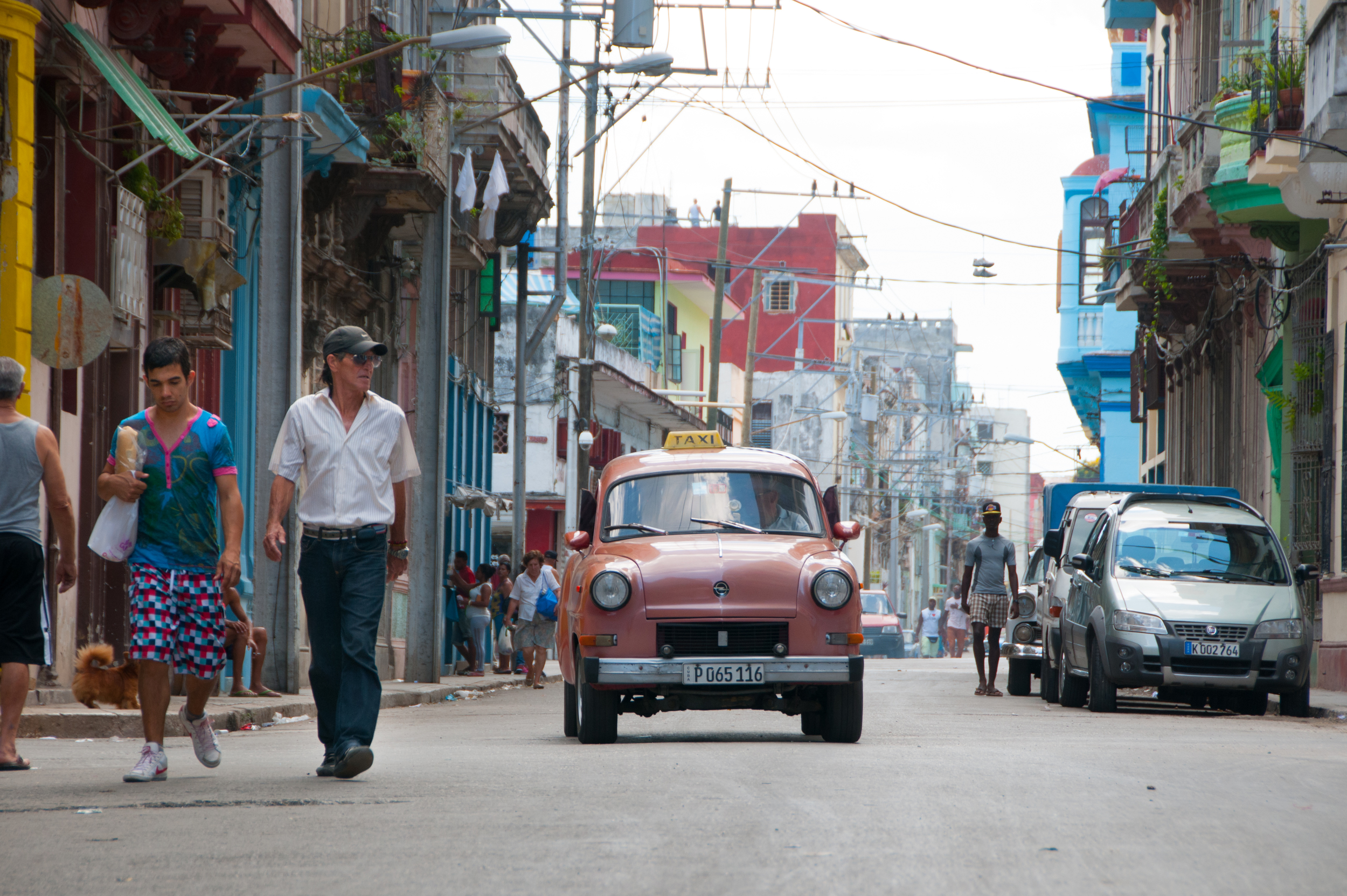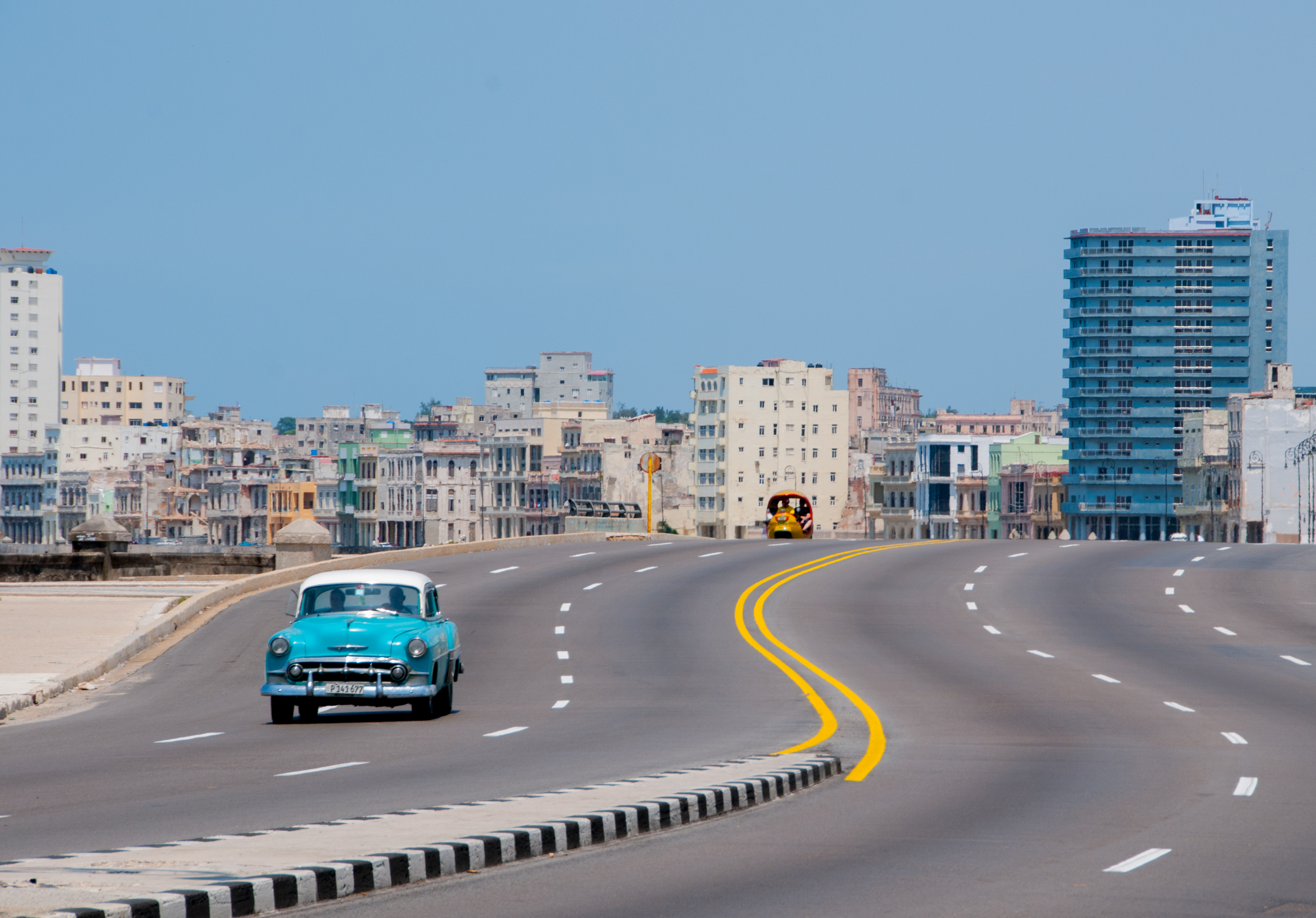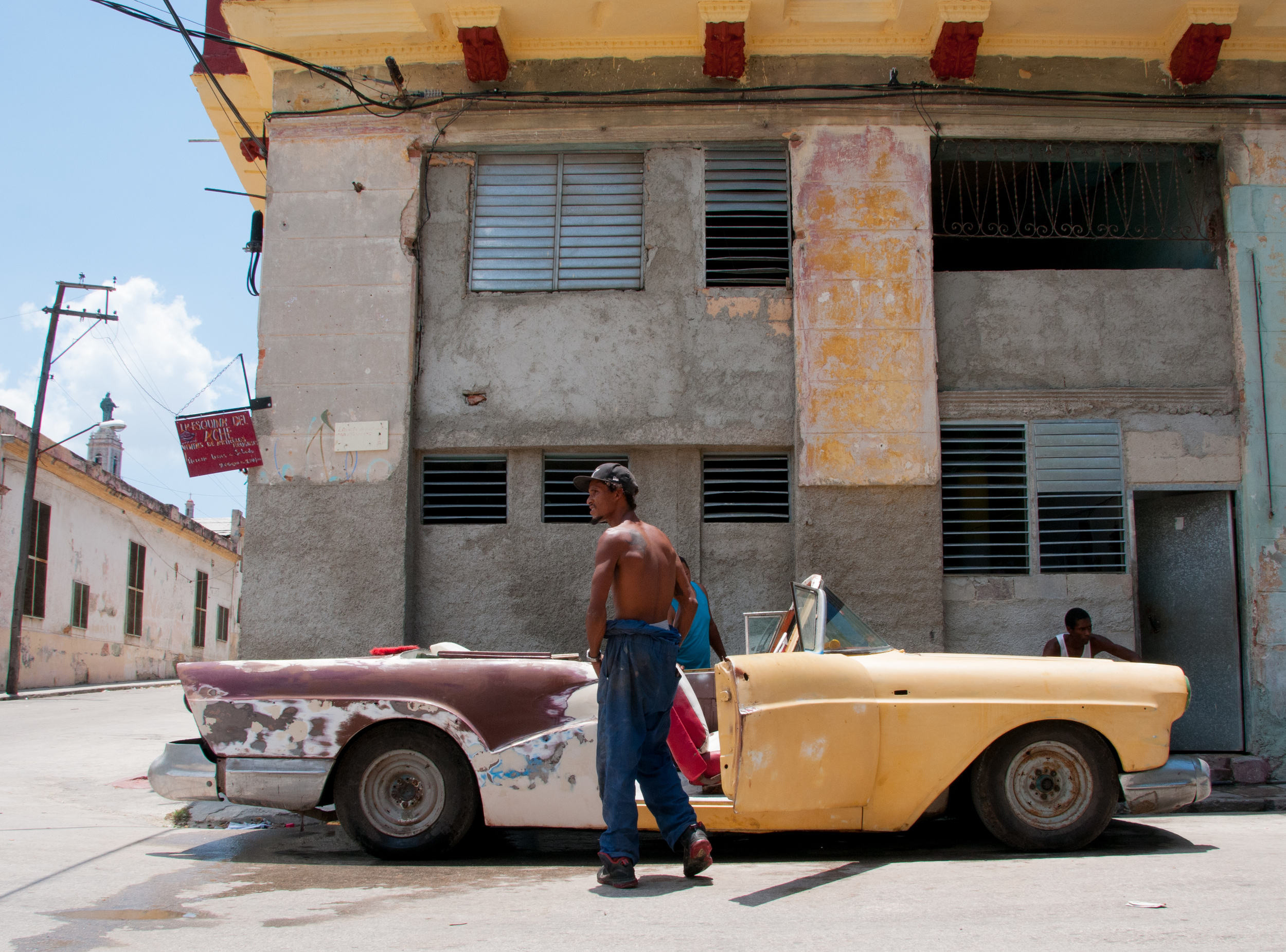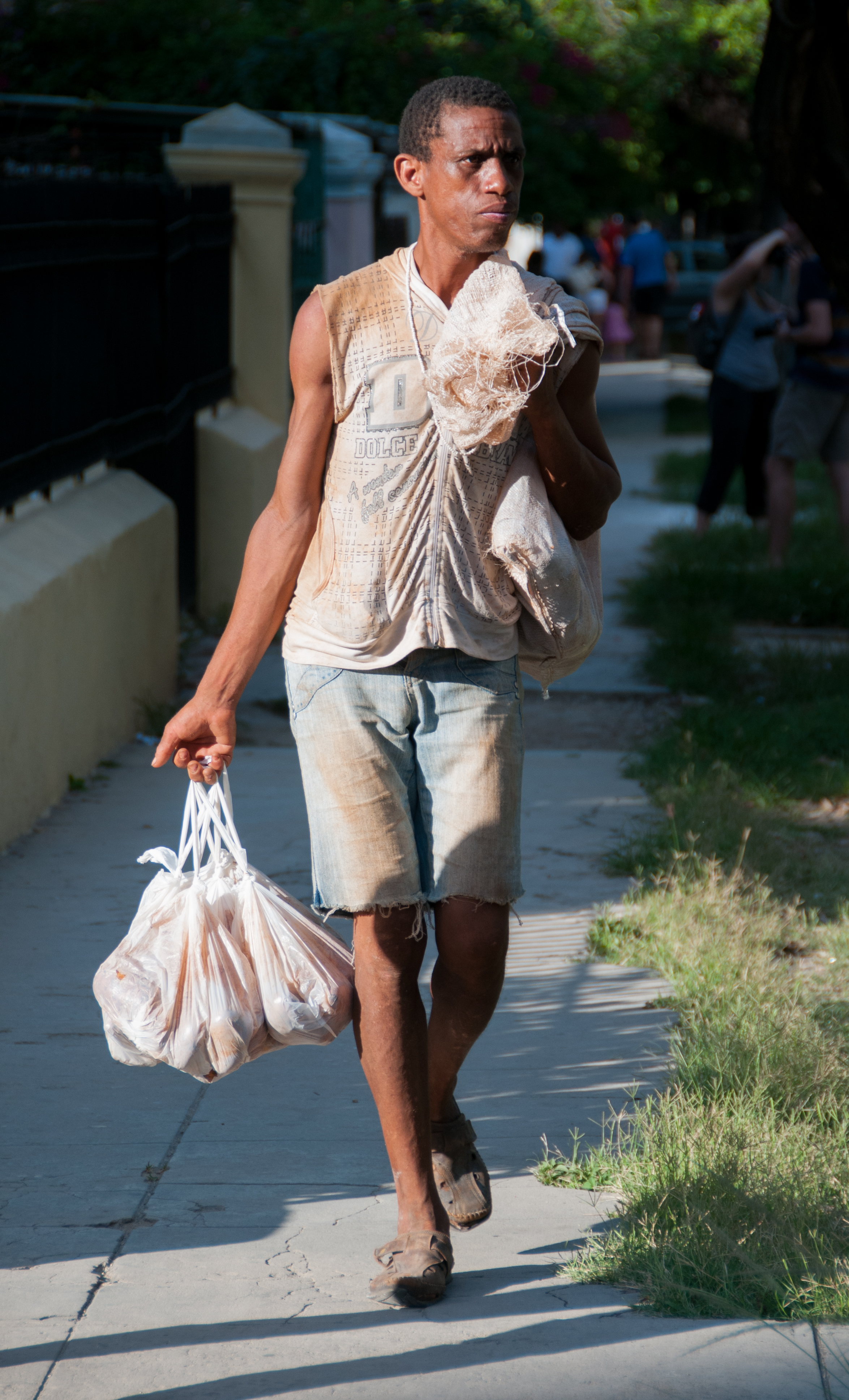I visited Cuba as part of a three week summer session through Northeastern. The school offers hundreds of different trips during the summer that students can take and earn credit for two university courses. The trip that I went on is called “Cuba y la Fotografía.” As the name suggests, I went to photograph and learn about Cuban culture.
I just returned from three weeks in Cuba, which is possibly the second most difficult country for U.S. citizens to travel to after North Korea. But going to Havana is nothing like traveling to its Communist partner in the East (or at least as far as I know). People in Cuba are generally happy, healthy, and well educated; there are definitely hardships, but there aren’t any internment camps.
It isn’t easy getting to Cuba, it involves a little bit of flying and a lot of waiting around. We never really knew when our flight might take off – the laid back attitude in Cuba extends to airline personnel in the U.S. apparently. We sat at the Miami airport for three hours expecting our flight to take off at any minute. When it did finally take off our teacher had to fight to make sure that our whole group made it onto the same flight, but after a full day of traveling we finally made it.
It’s really a shame that U.S. citizens aren’t allowed to go to Cuba, because everyone from the U.S. should come to this burst of color in the Caribbean that is stuck in the 50s.
For this post I decided that in addition to photos and words, I’d set up three galleries. Check out the galleries and their descriptions are at the bottom of this post.
Cubans aren’t modest when it comes to color. Every car, house, and wall is painted a different shade of blue, green, pink or yellow. Everything is so vibrant.
Cubans are (mostly) extremely friendly; they often ask for money, but never make you feel too uncomfortable (as a guy, at least).
Not all of the cars are old. The U.S. embargo on Cuba doesn’t apply to the whole world, so Cubans can buy cars from other countries. German, Italian and Russian cars from ten years ago or so are fairly common on the streets of Havana. Old American cars from the 50s still outnumber newer cars, but new cars aren’t unheard of.
Another note about people: they’re happy, but at the same time they seem sort of somber. Education and healthcare are free, but Cubans only get the equivalent of $30 a month for their salary – life here definitely isn’t easy. The U.S. embargo doesn’t mean that Cuba can’t trade with other countries, but it definitely affects people’s mentality and every day lives.
This is the Malecón, a cement storm wall on the ocean that people are constantly sitting on hanging out. Couples were always sitting here kissing and cuddling on the wall, both day and night.
Hotel Nacionál, this is where the wealthy European and Canadian tourists stay while in Cuba. It has a great view of the sunset.
It’s hot in Cuba, but not unbearable. I had a nice sheen of sweat on my forehead all day long in the hot sun. My room had air conditioning and most restaurants and stores do too, but standing in the sun in the middle of the day got very, very warm.
Things in Cuba are cheap. The conversion rate for U.S. dollars to Cuban Convertible Pesos (CUC) is about $1 to 1CUC (with a 13% exchange fee). A beer at a bar is $1-2 CUC, and lunch is typically $4.50 CUC. I didn’t spend more than $15 CUC for a (very) nice dinner. Food in Cuba can be a mixed bag. Some restaurants, upscale places that are meant for tourists, can be very good and completely safe. But others, including the restaurant that our daily lunch was at, weren’t as great. We found pieces of plastic in fried chicken, and that chicken was often not cooked all the way through, which, even in the States is unnerving. Some people in my group had worse stomach issues than others, but having an upset stomach was nearly a daily ailment.
People here are very welcoming to tourists. On the third day we were walking around Havana and a couple grabbed us and showed us this street. Every wall is covered in art and the doors on either side lead to artists’ studios.
We went back the day after for a Rumba Festival that the couple told us about. A band played music non-stop for 3 hours while Cubans danced, drank and tried to sell CD’s to tourists.
Galleries:
People
The people in Cuba are full of life and character, there were people in my group that were much better at making portraits of Cubans than I was, but here are a few pictures just to give you a flavor.
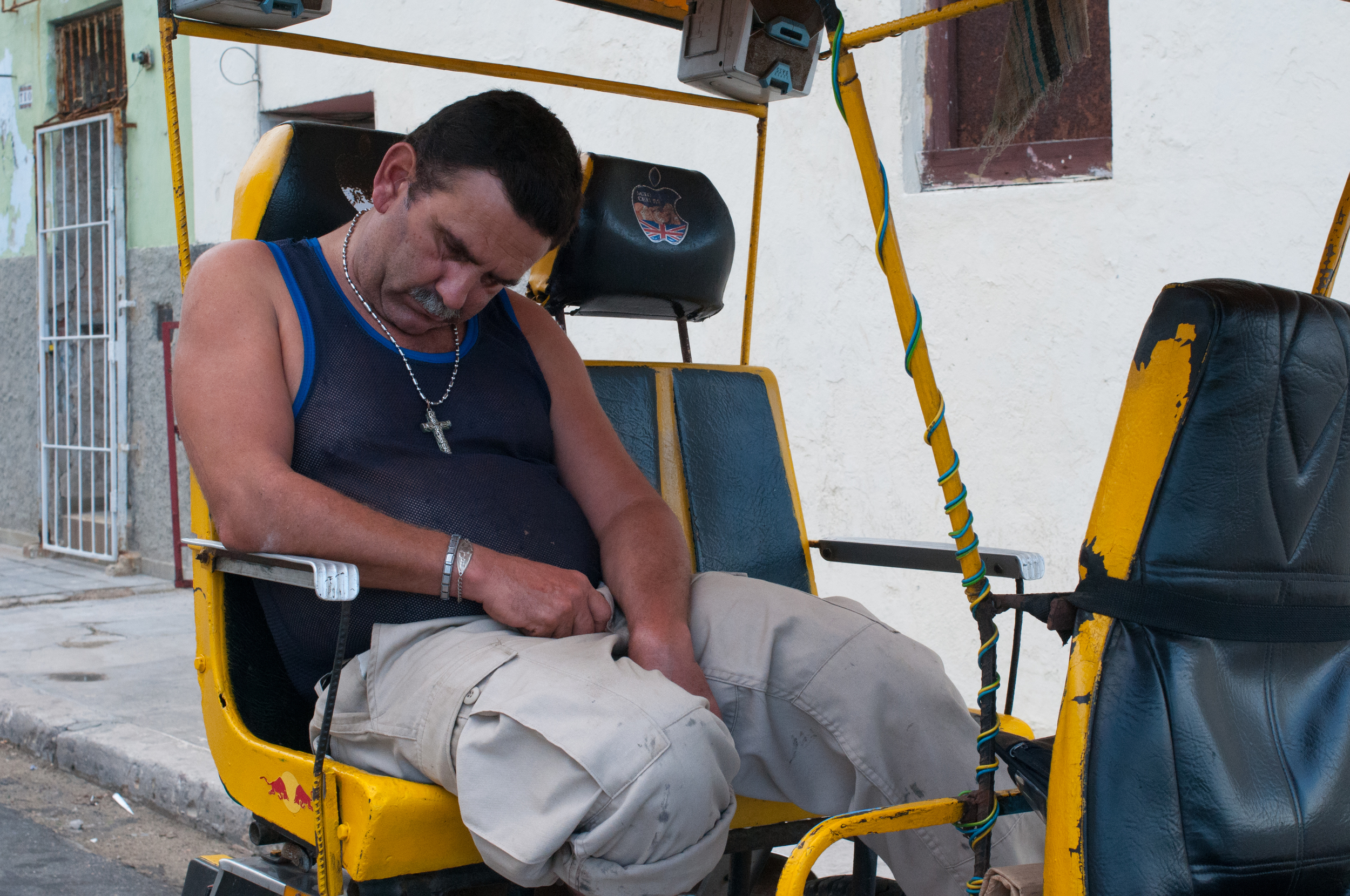
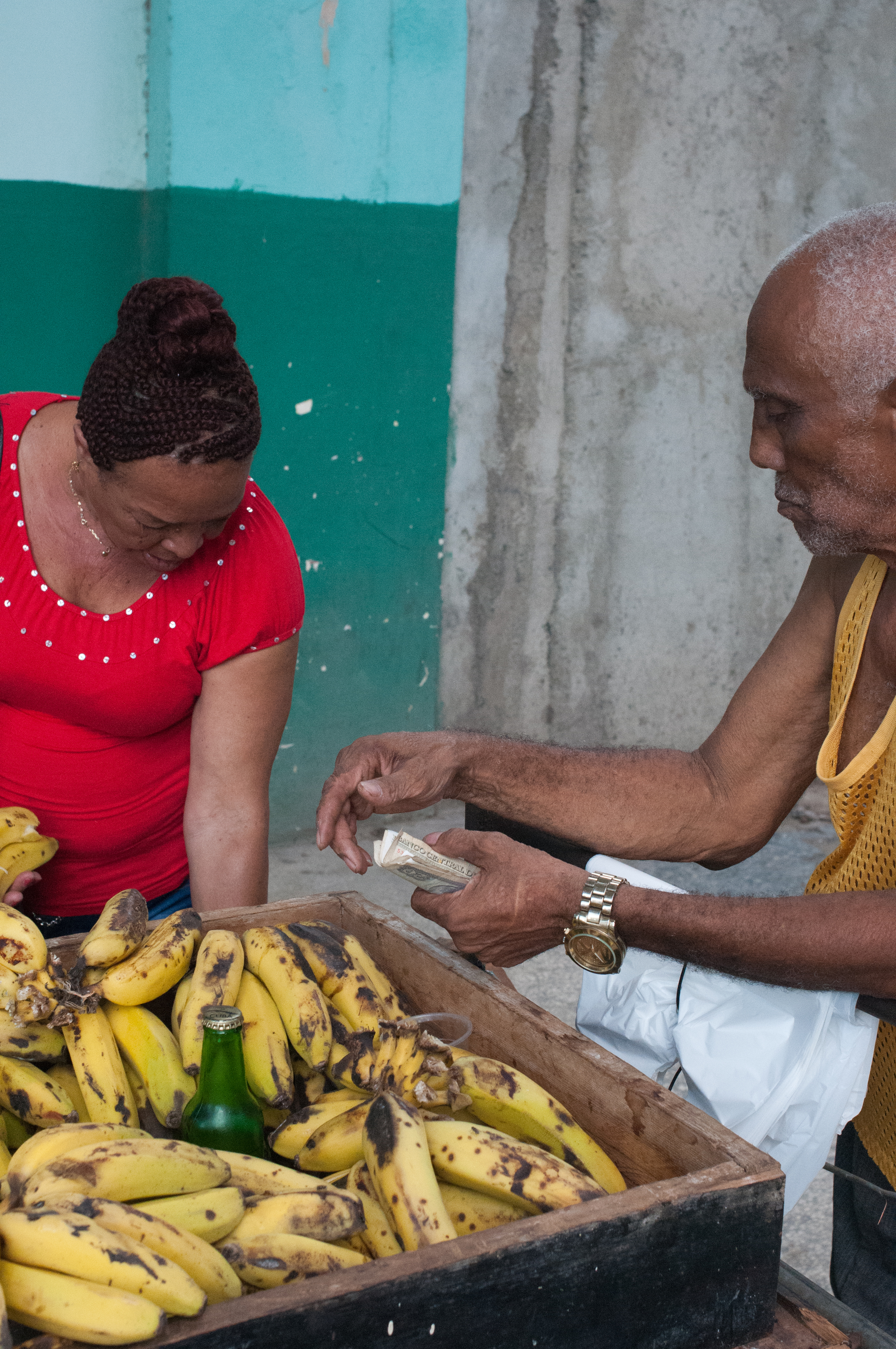
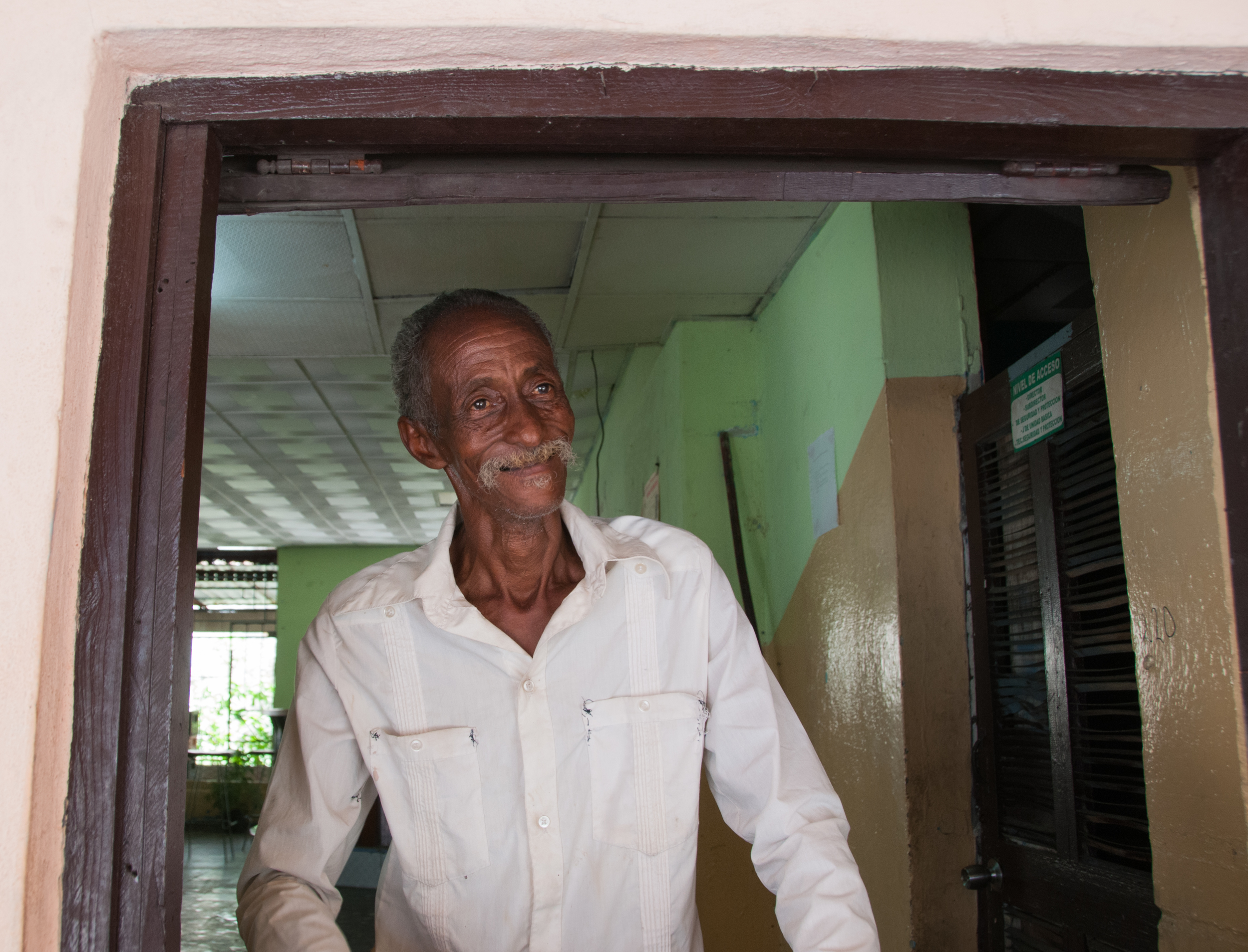
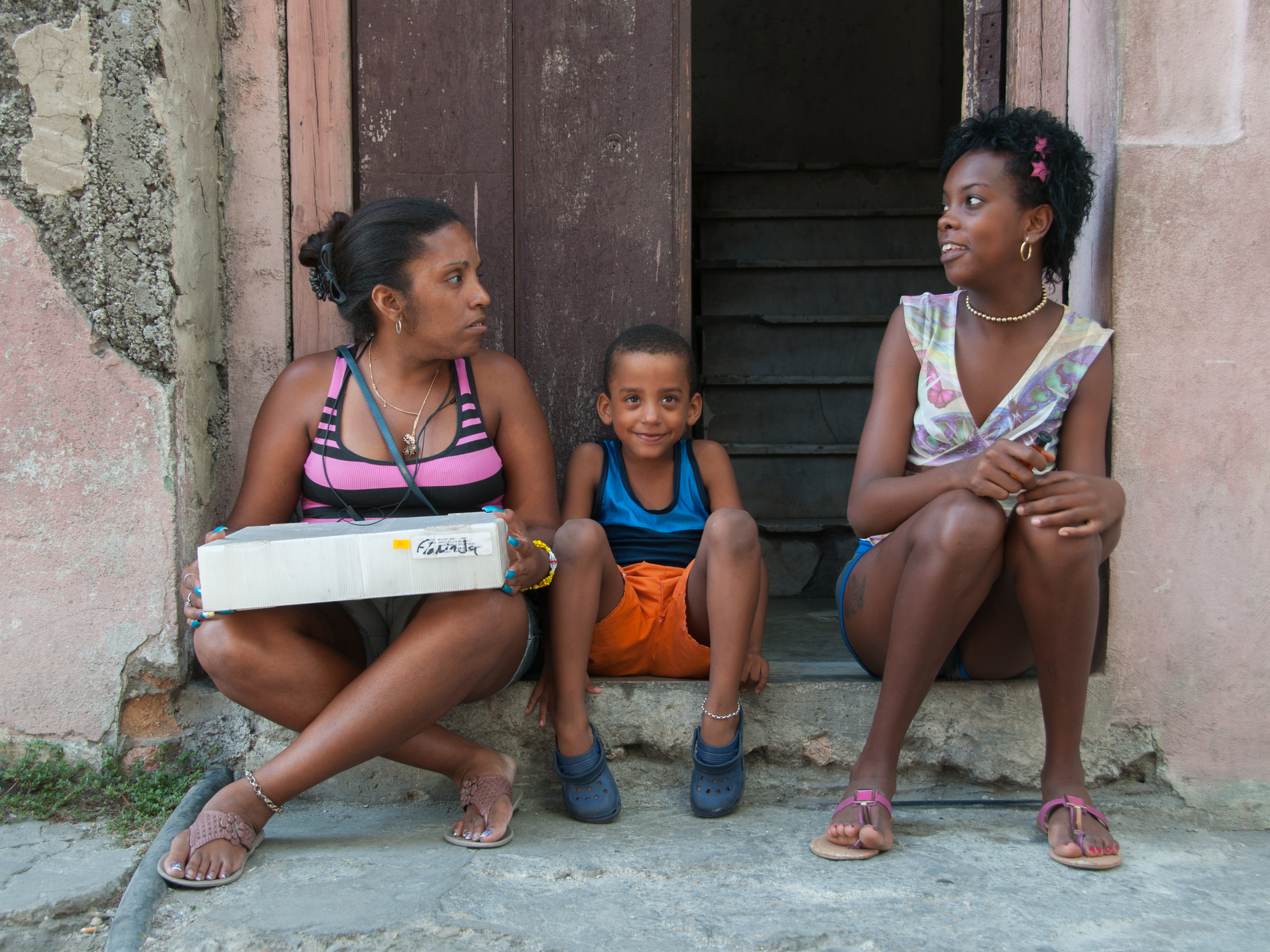
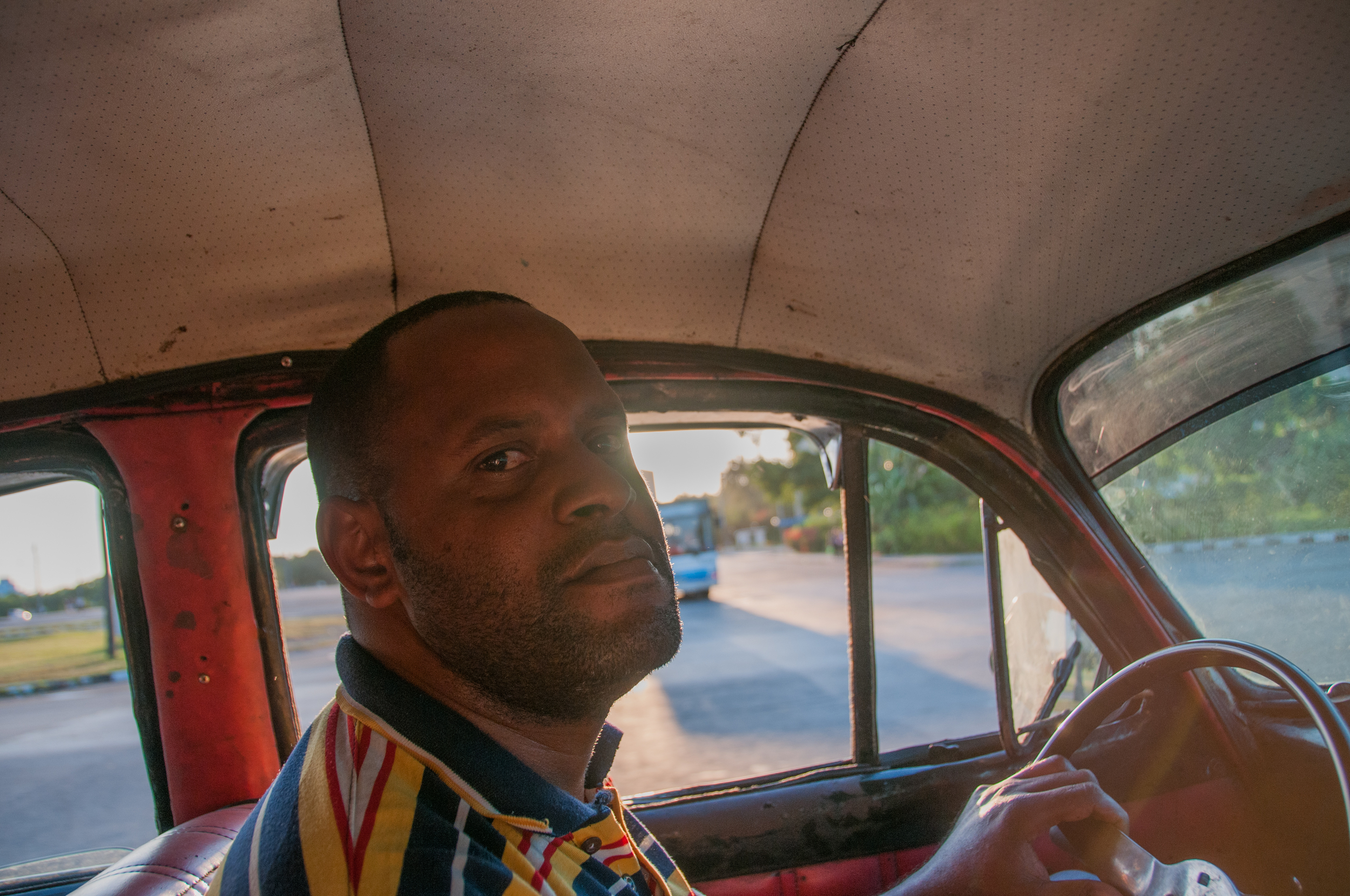

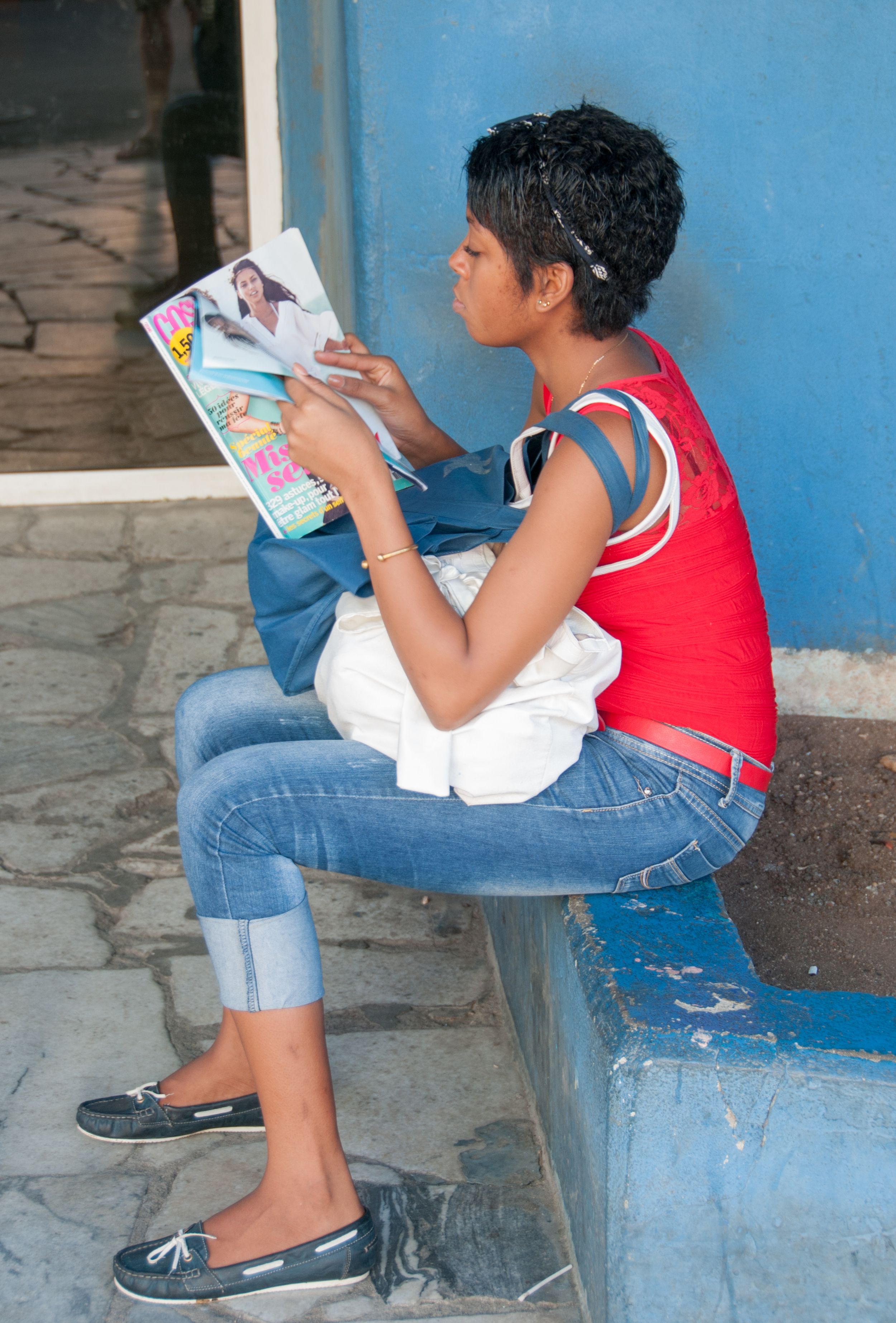
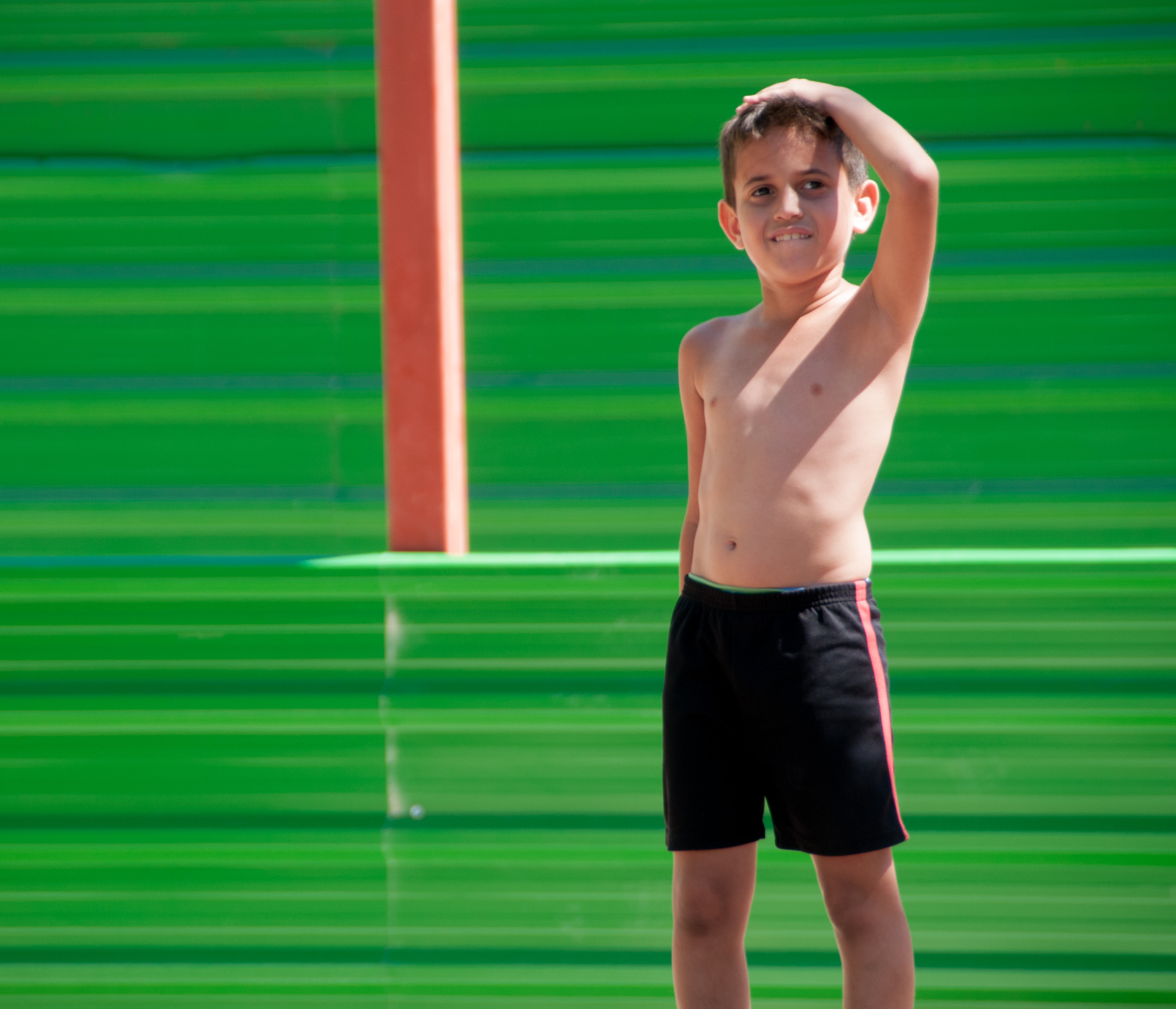
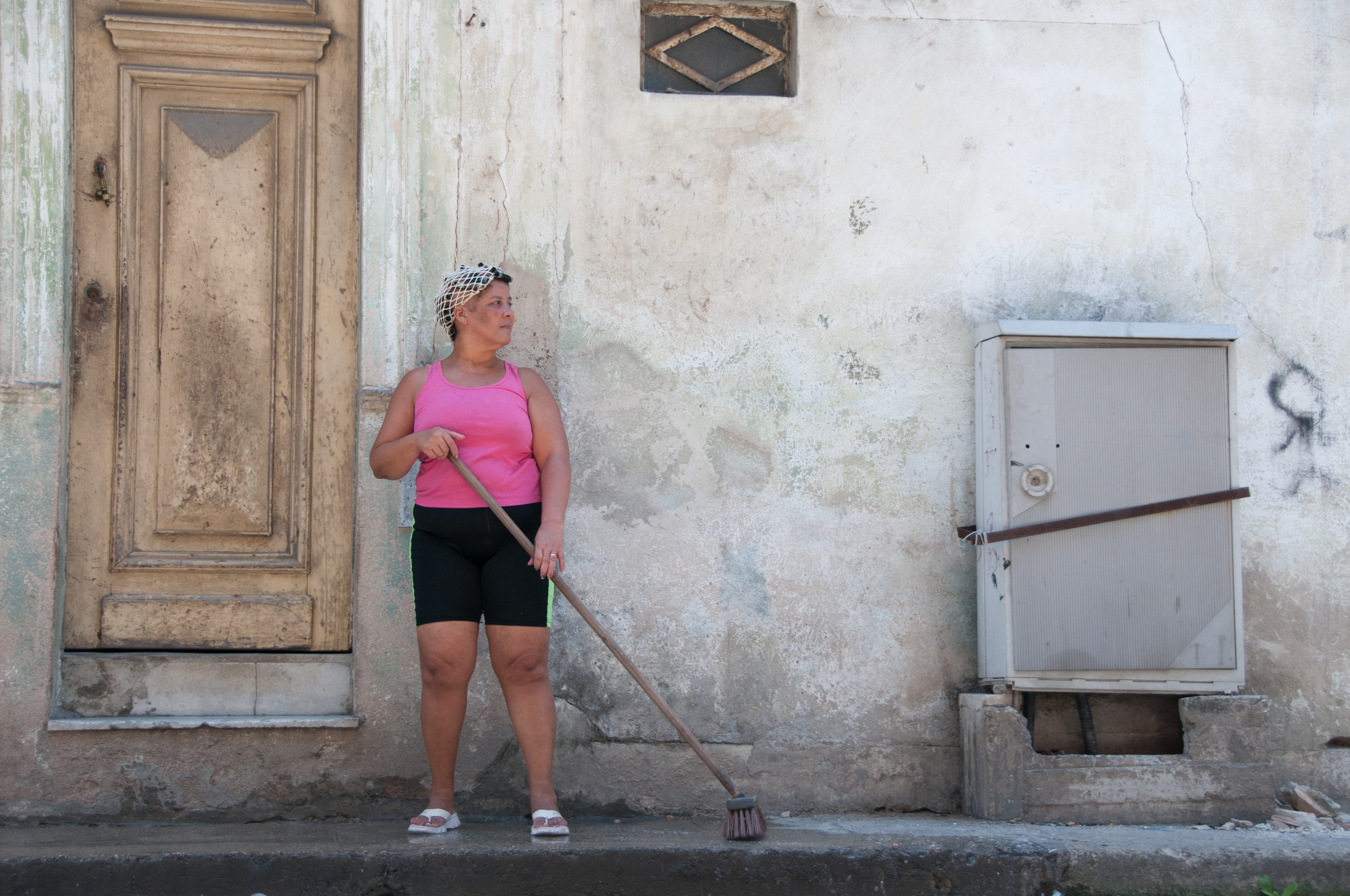
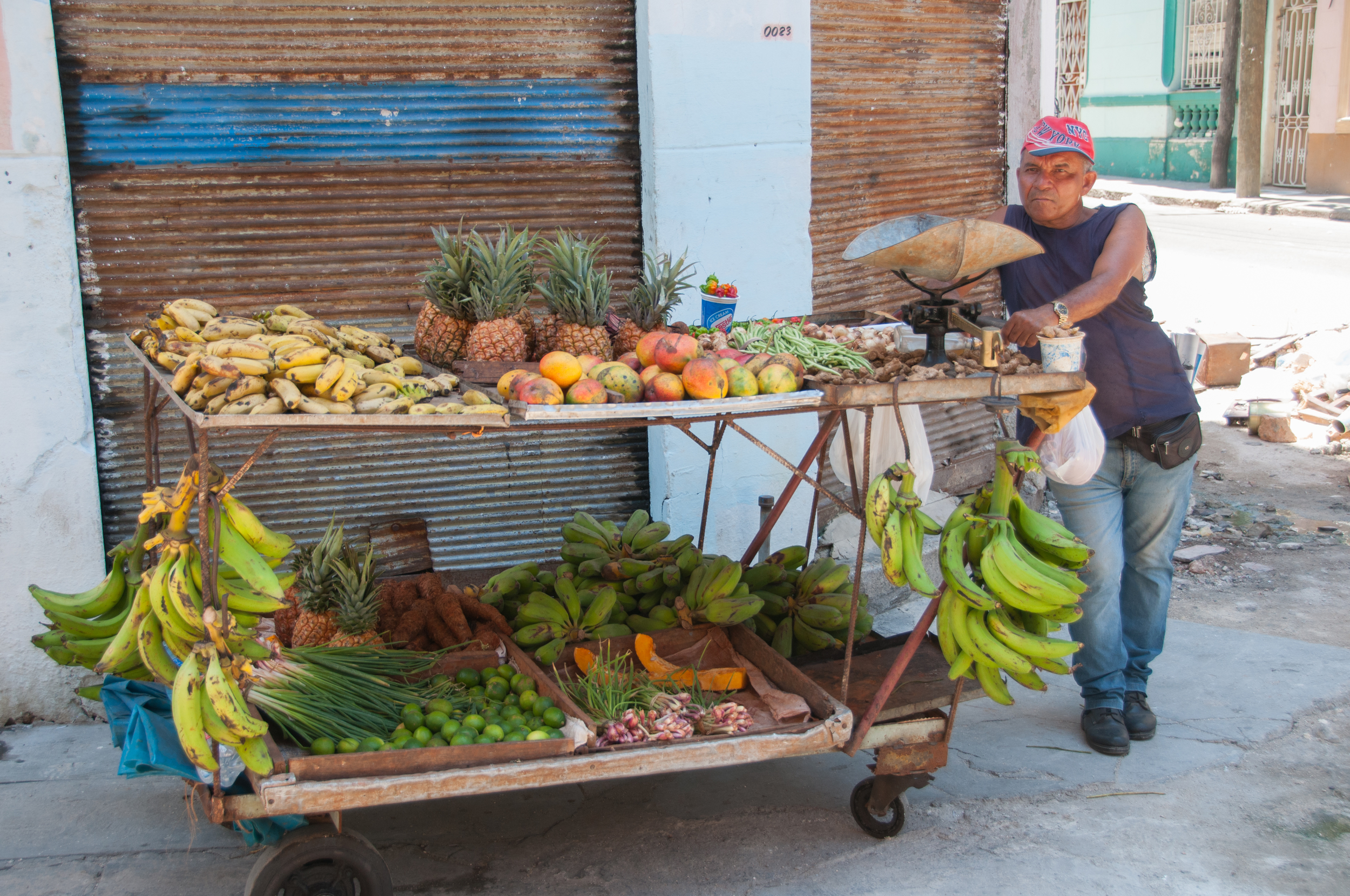
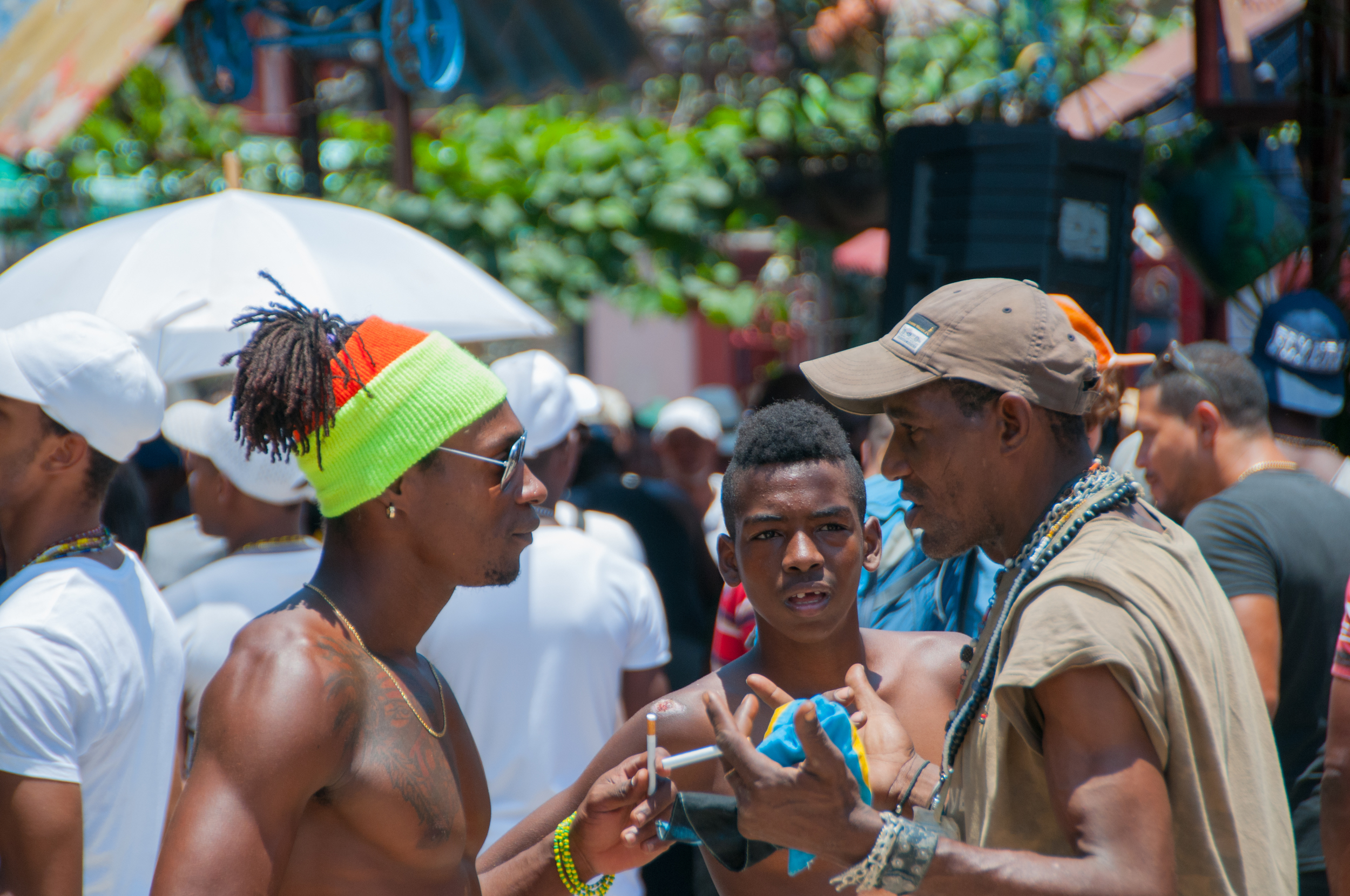
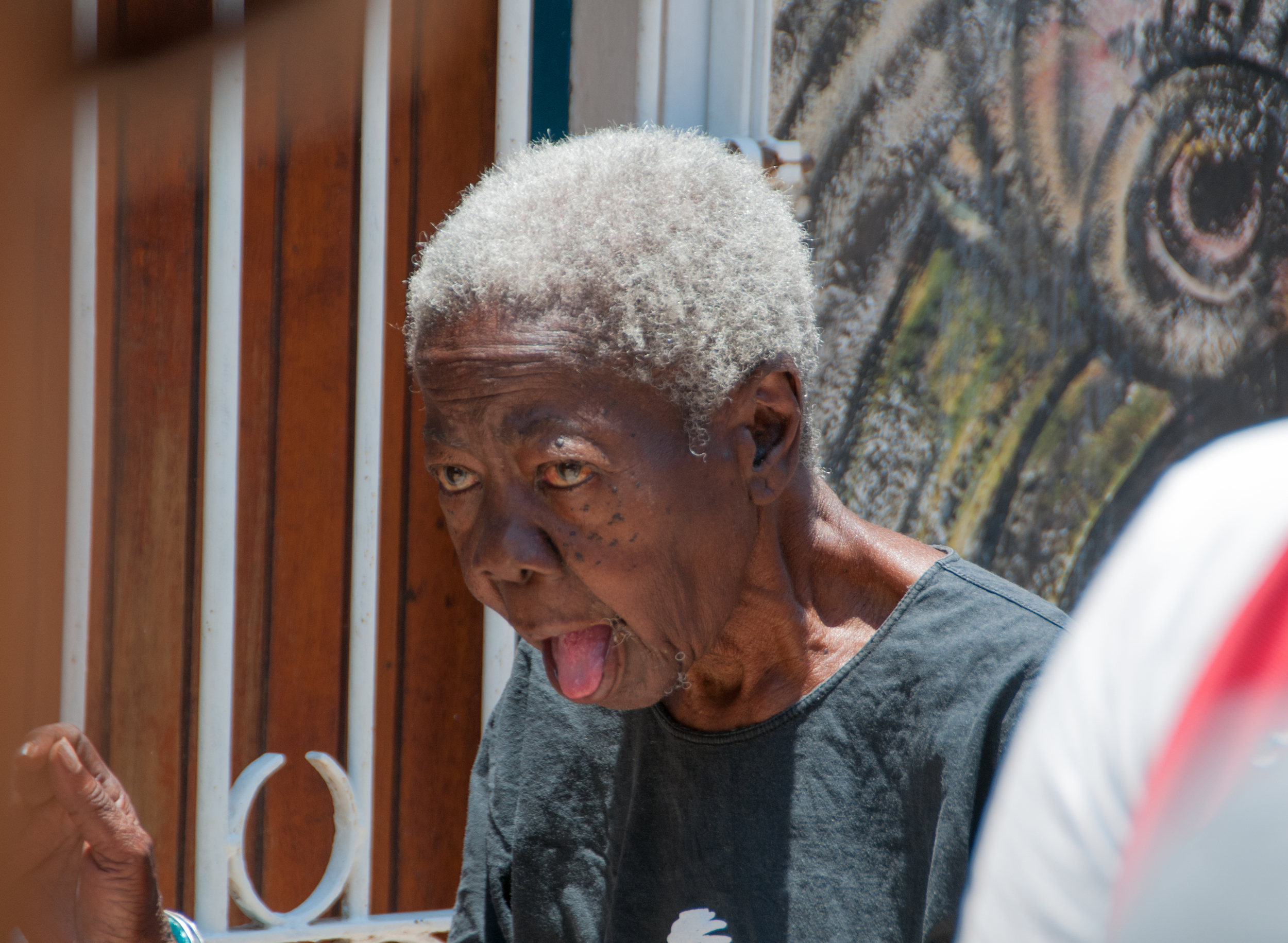
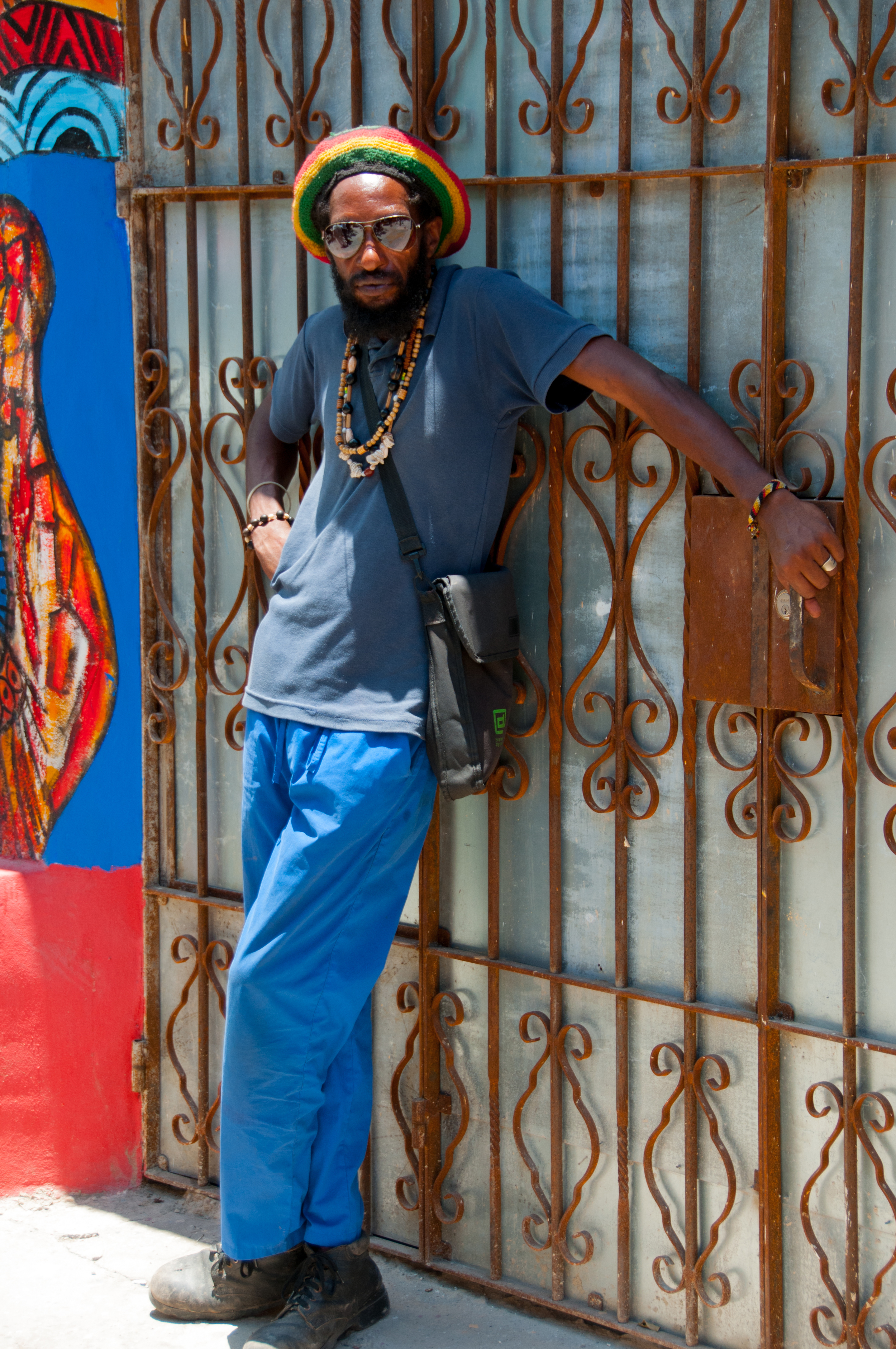
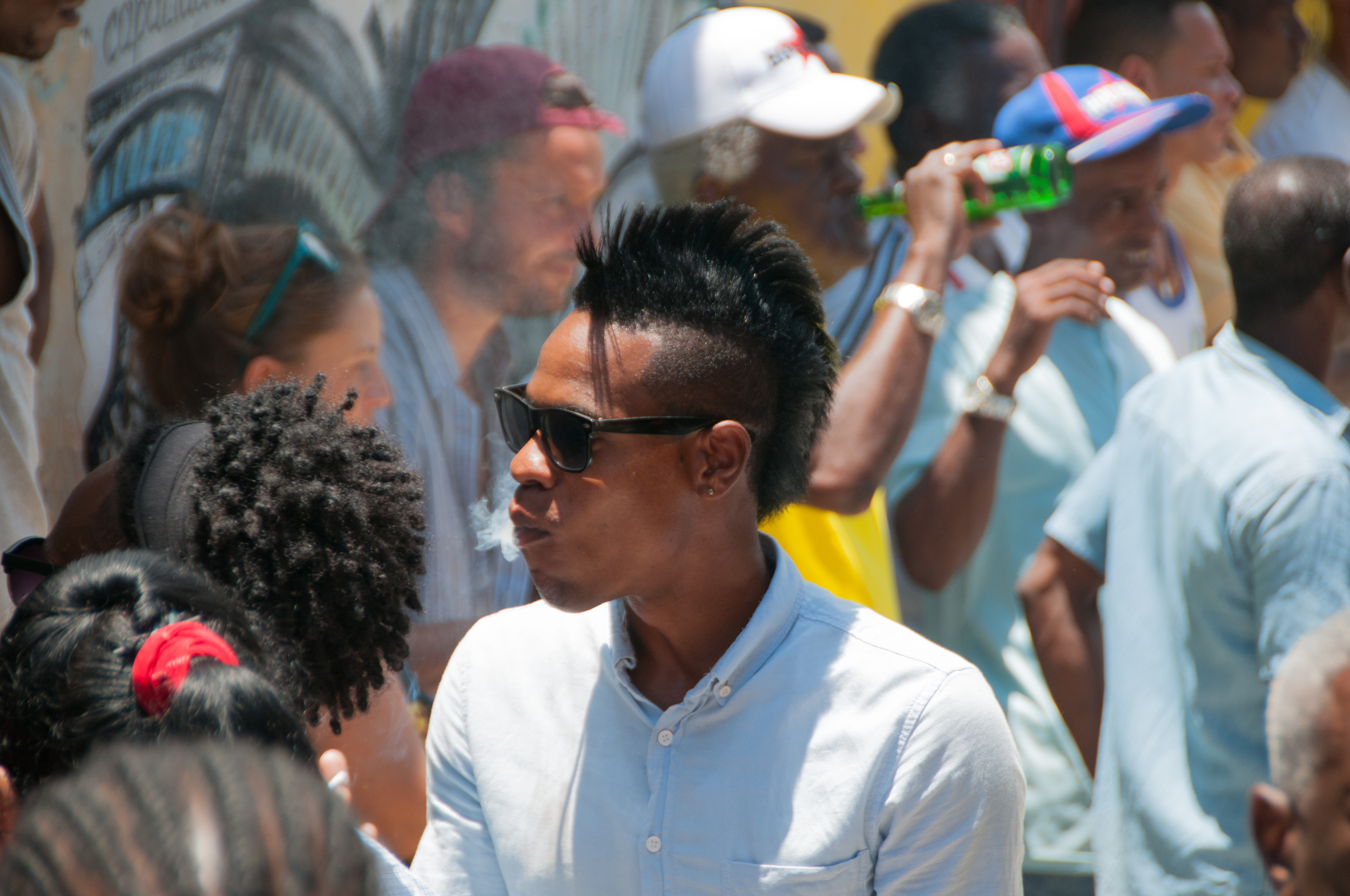
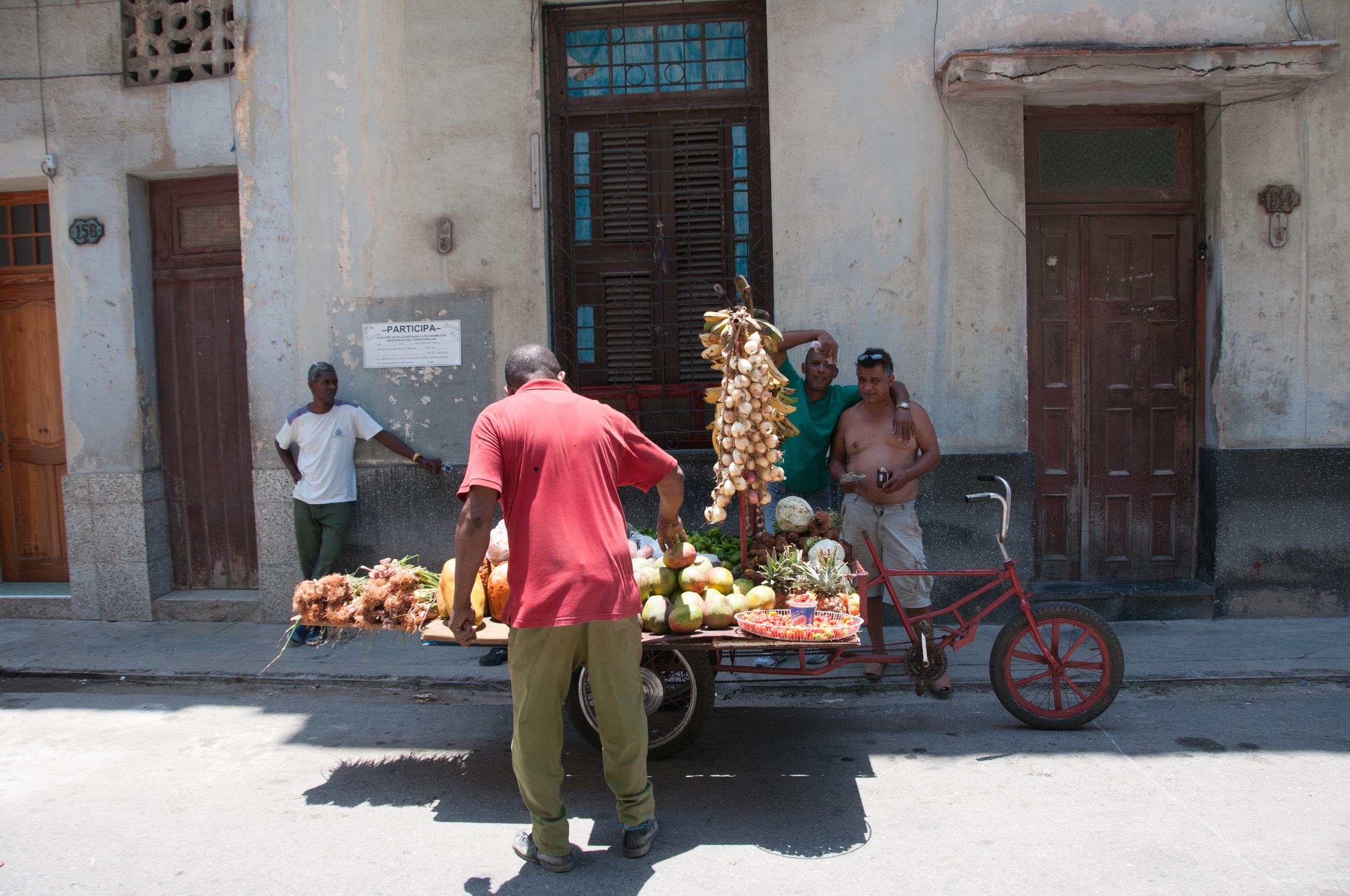
Cars
Cuba is known for its old 50s U.S. cars, so here are some pictures of just old cars.
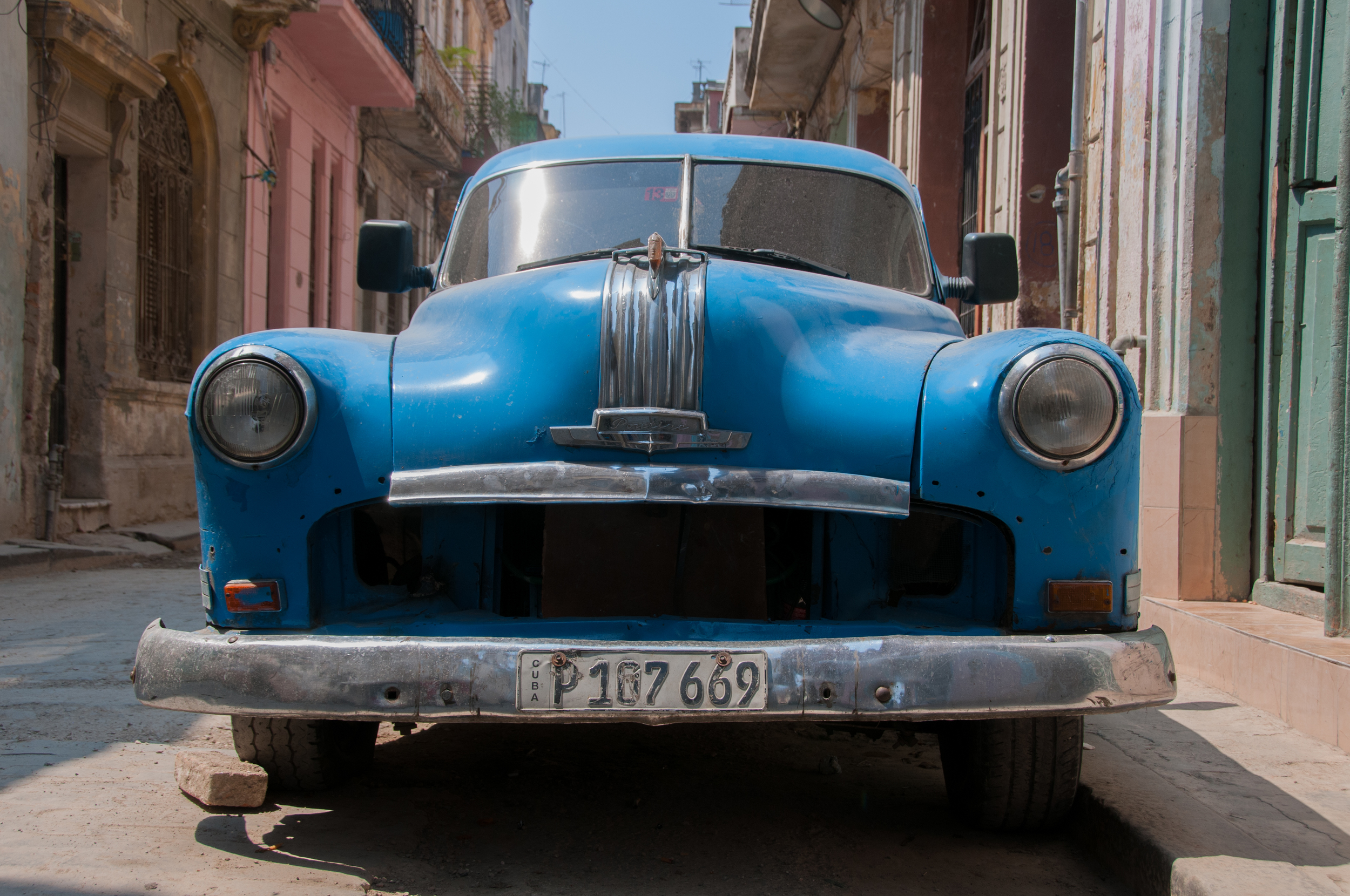
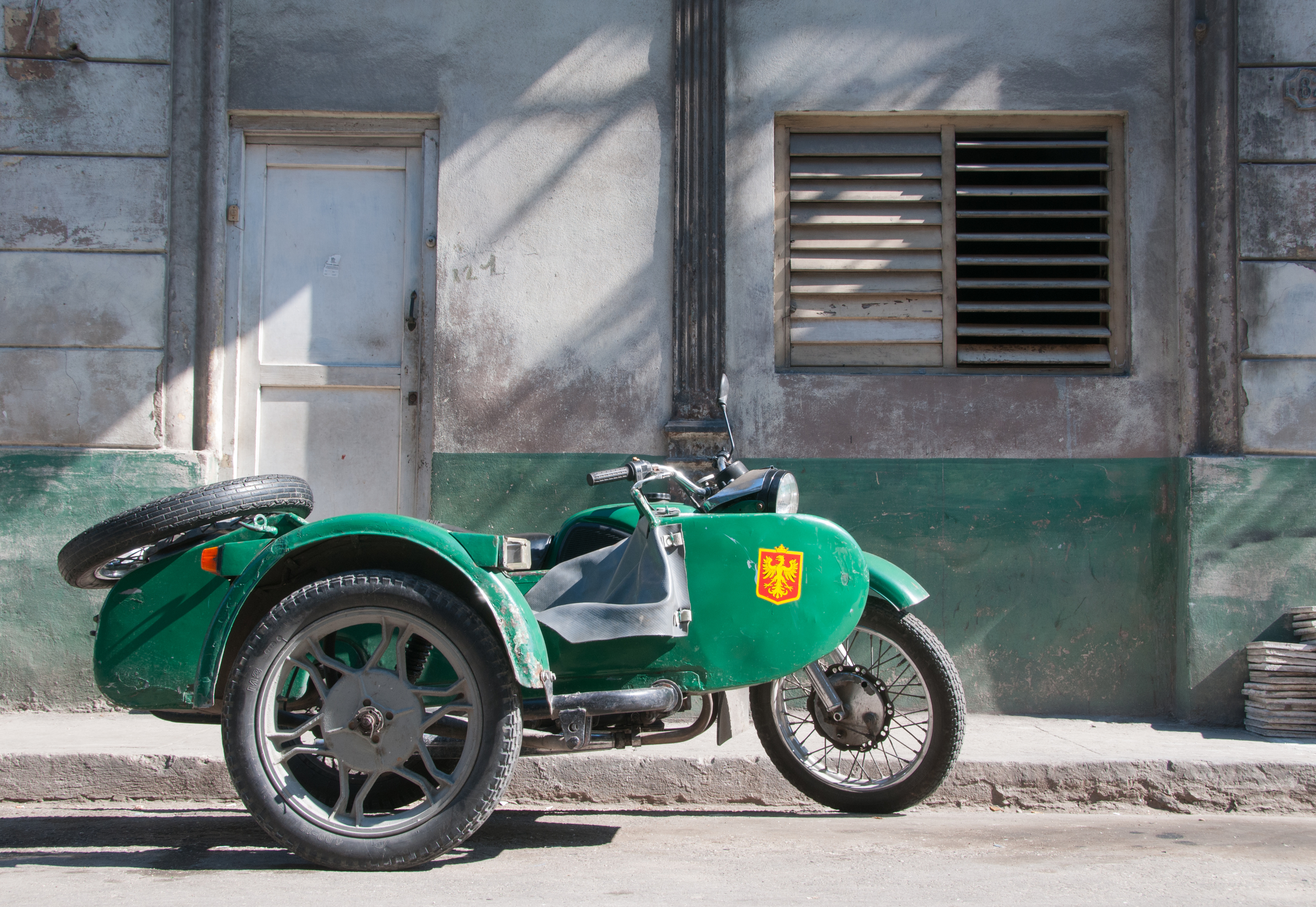
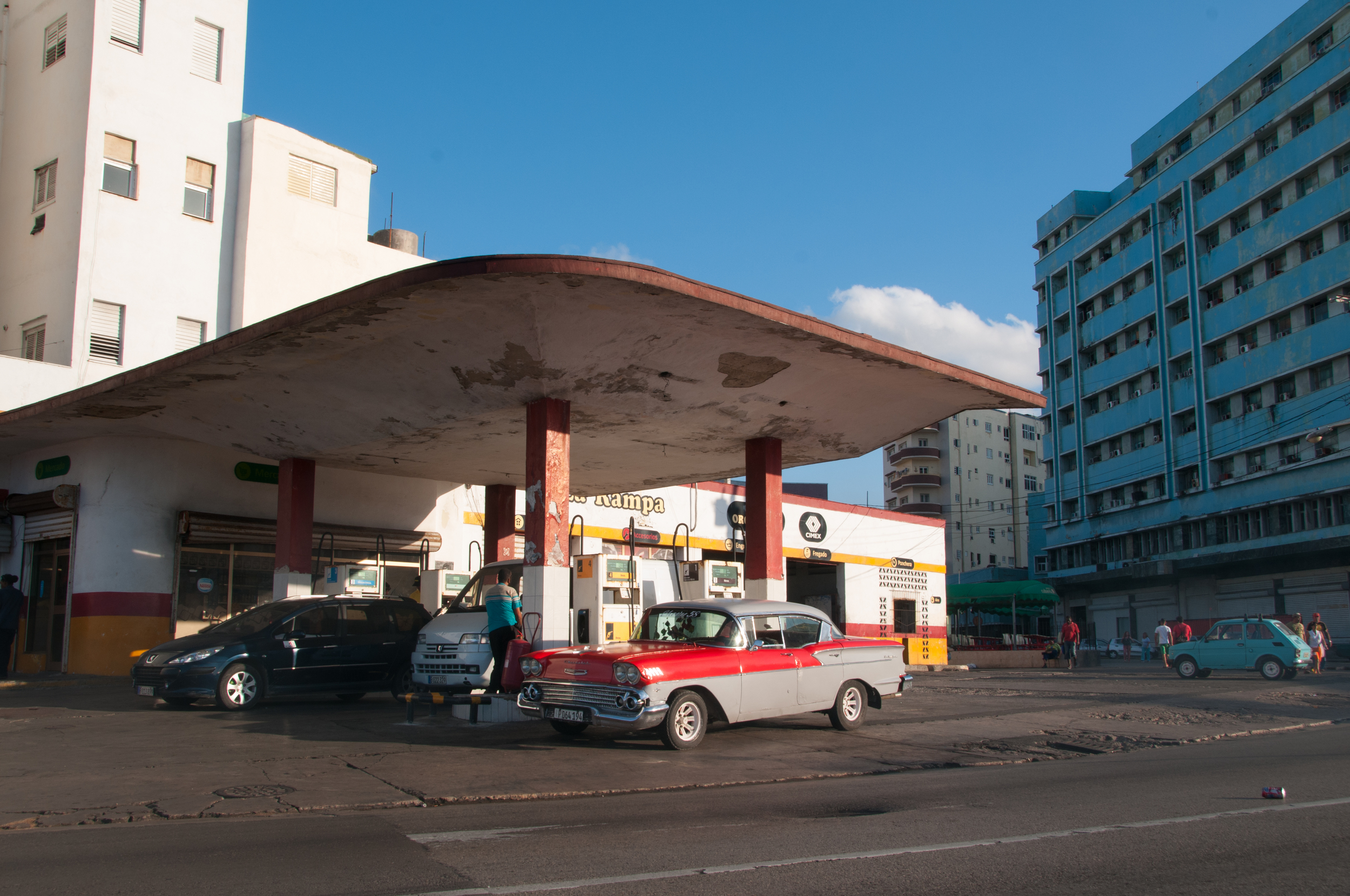
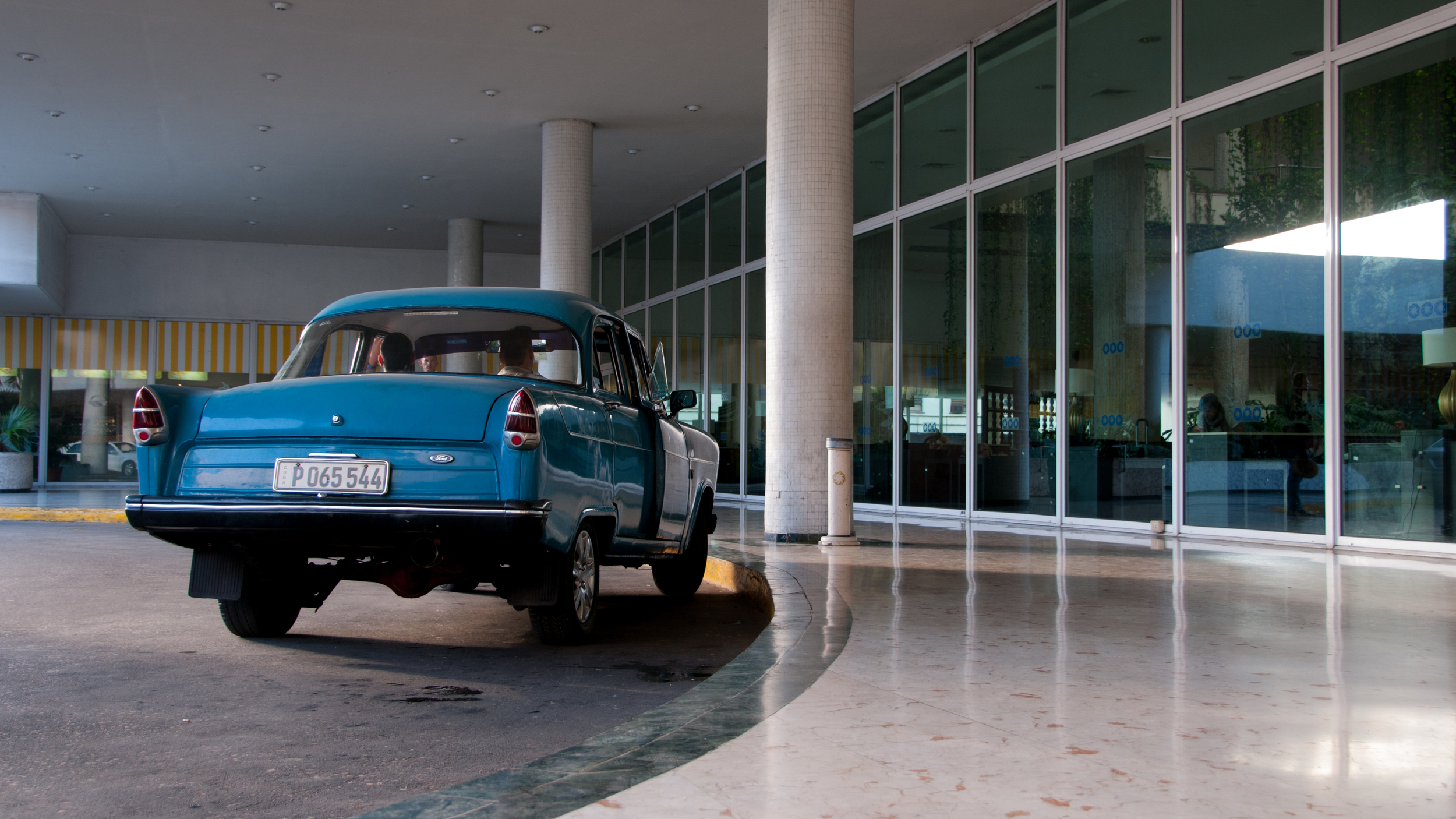
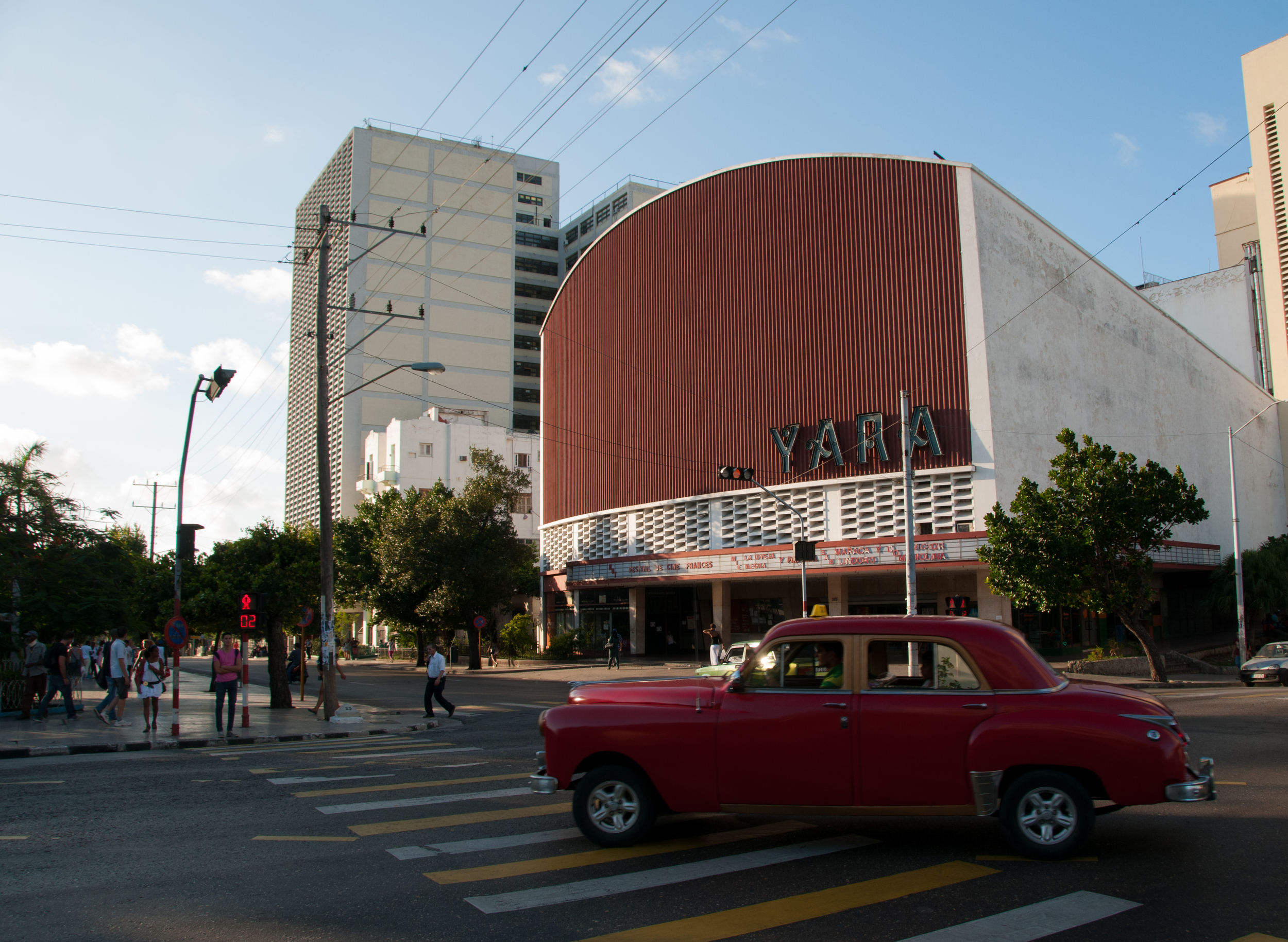
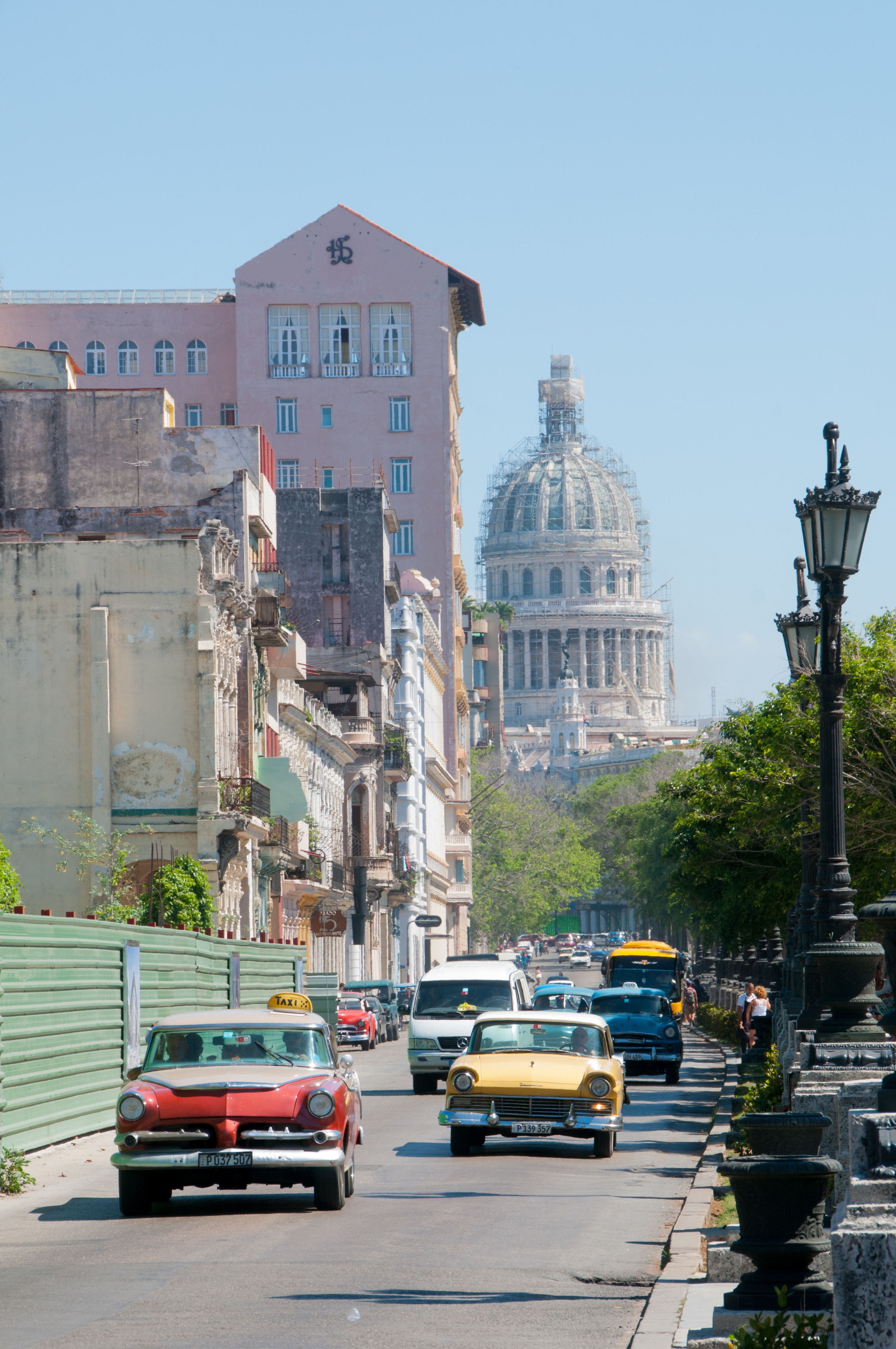
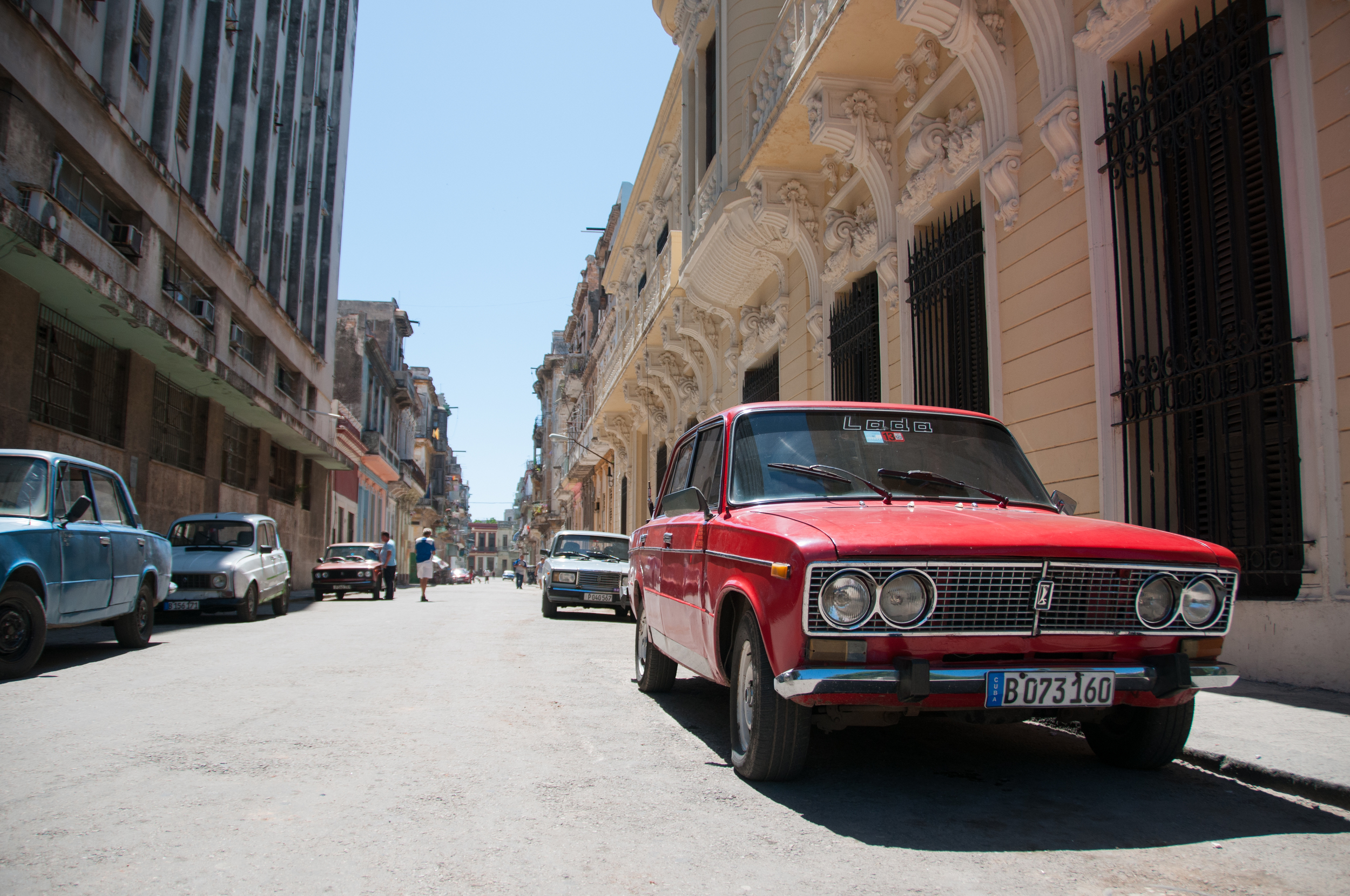
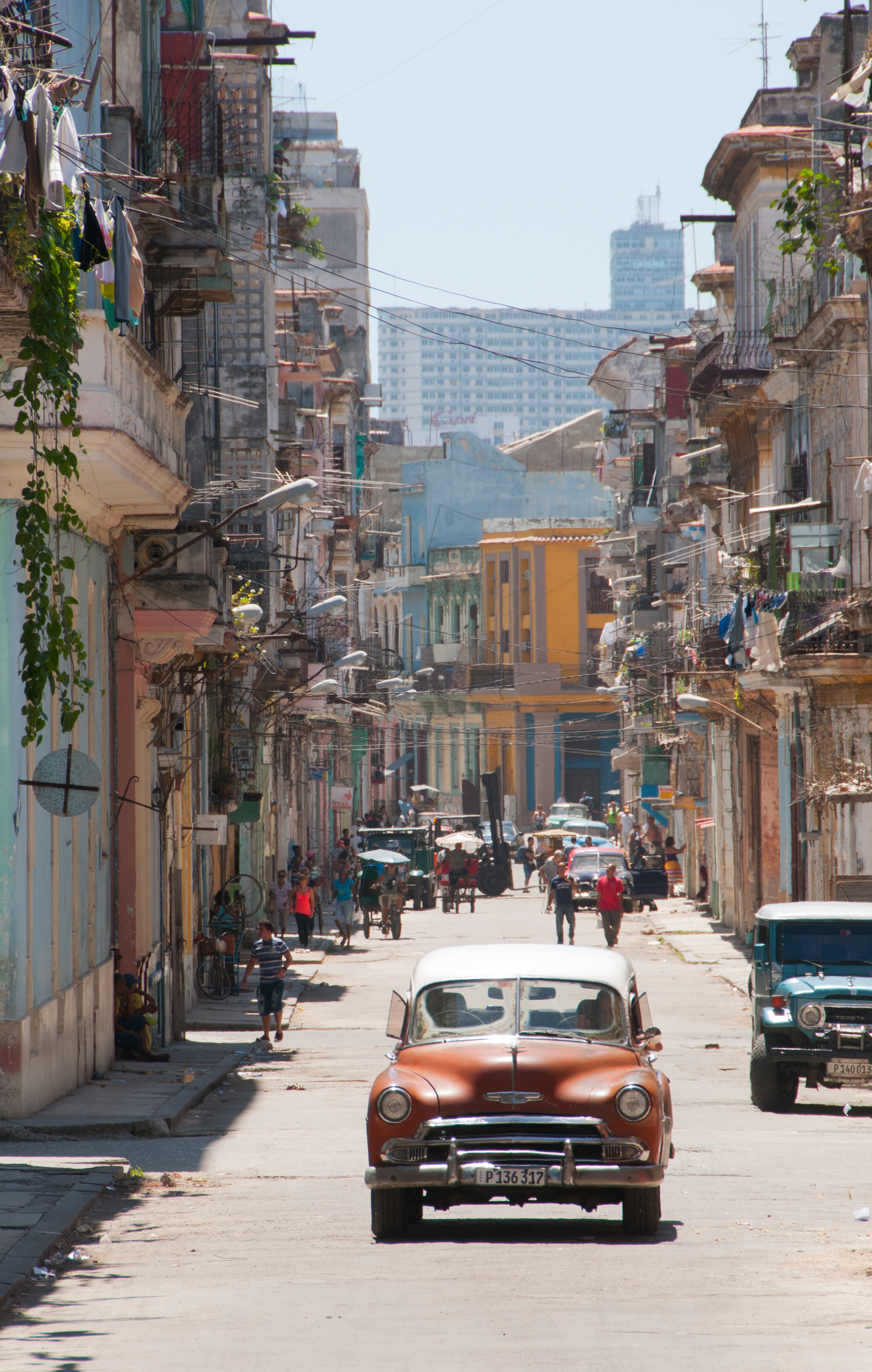
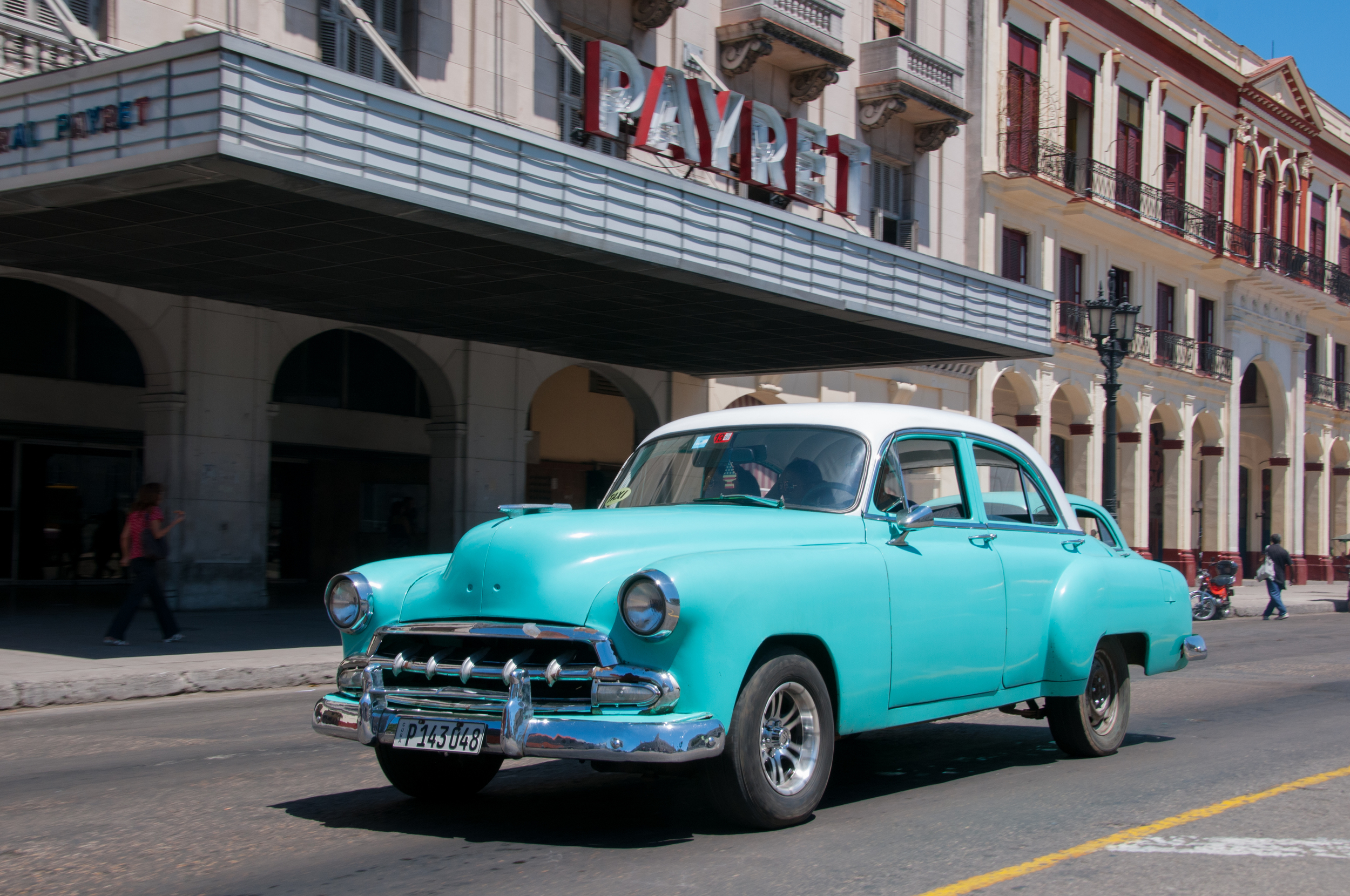
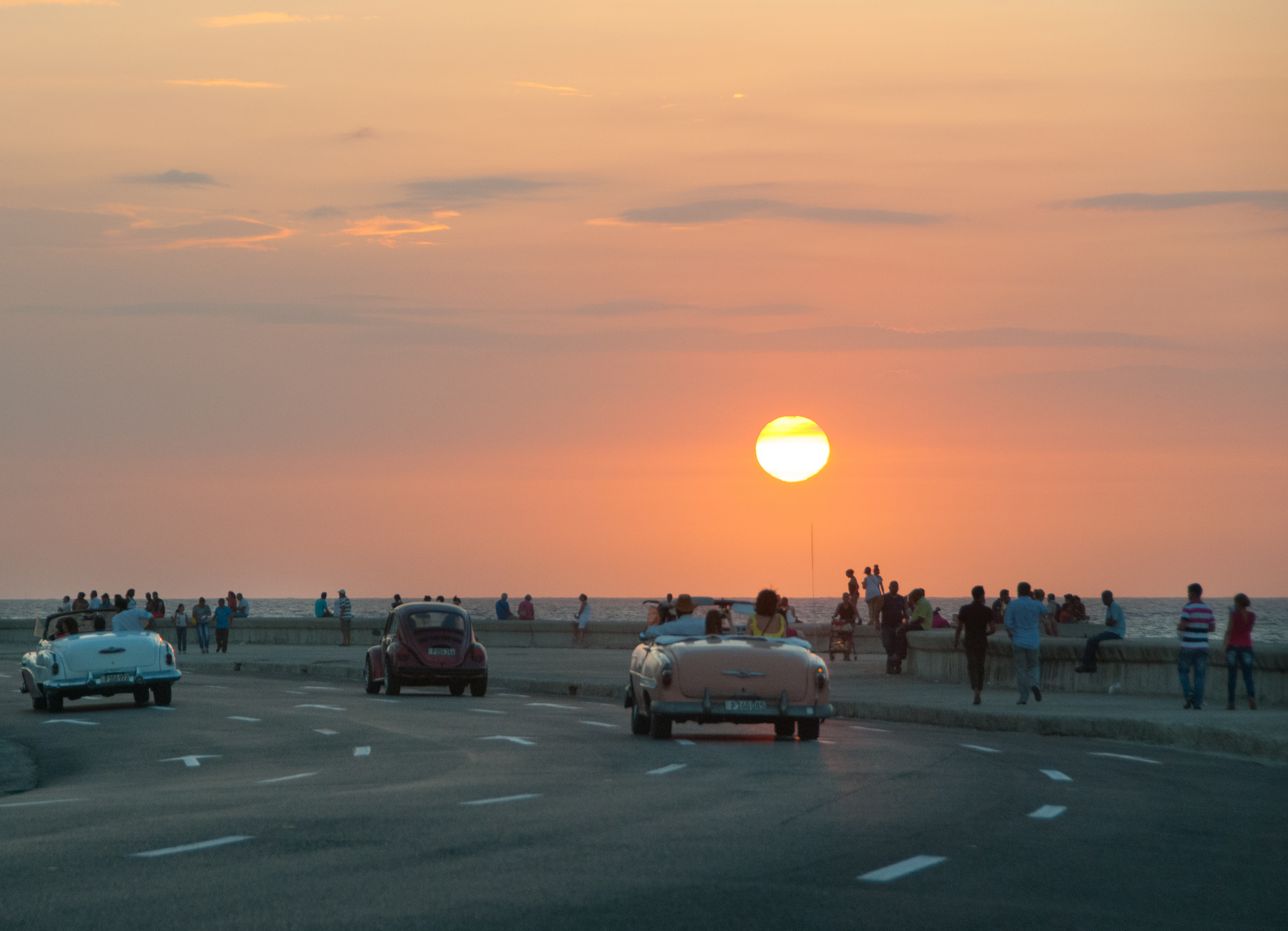
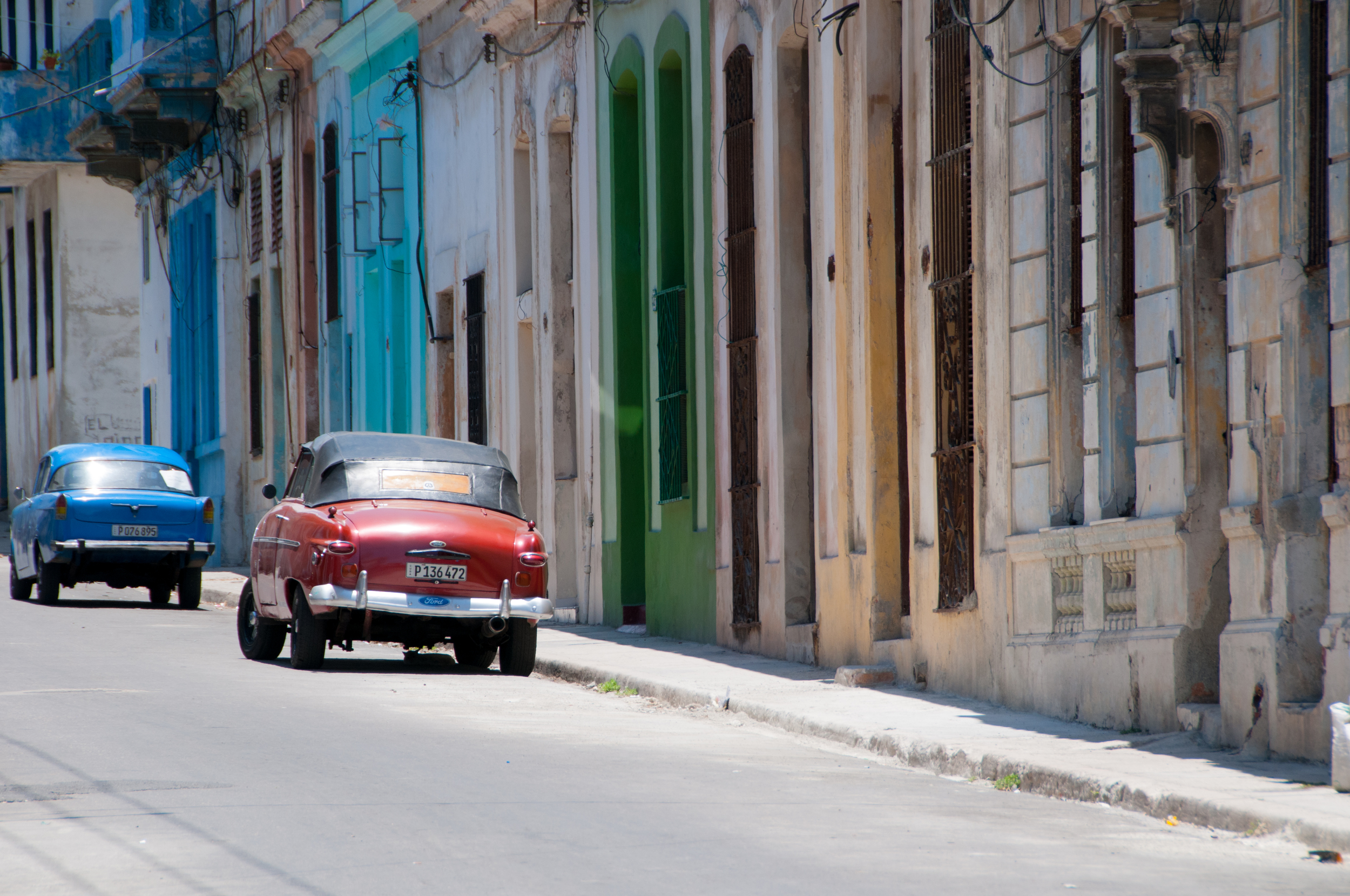
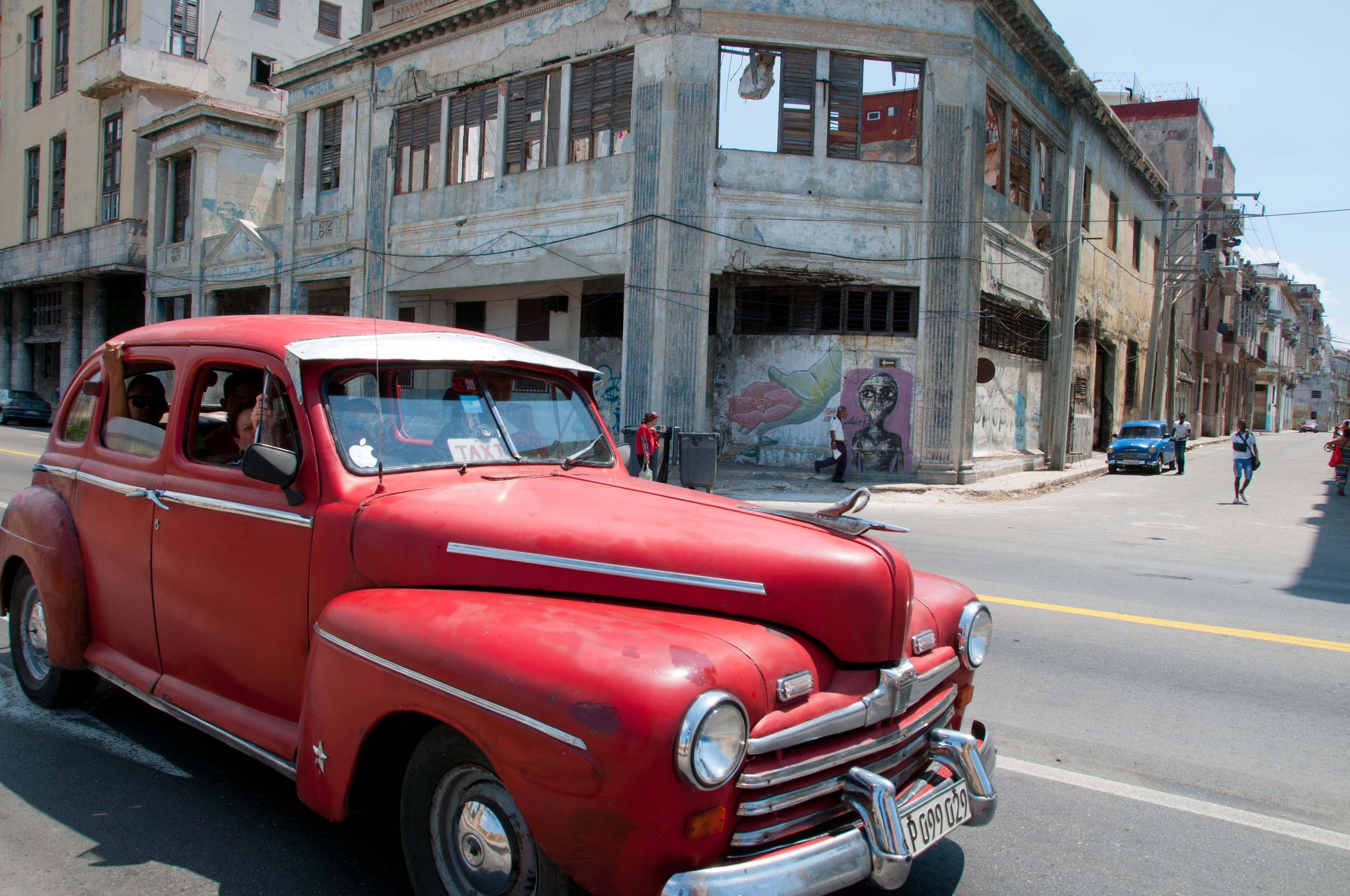
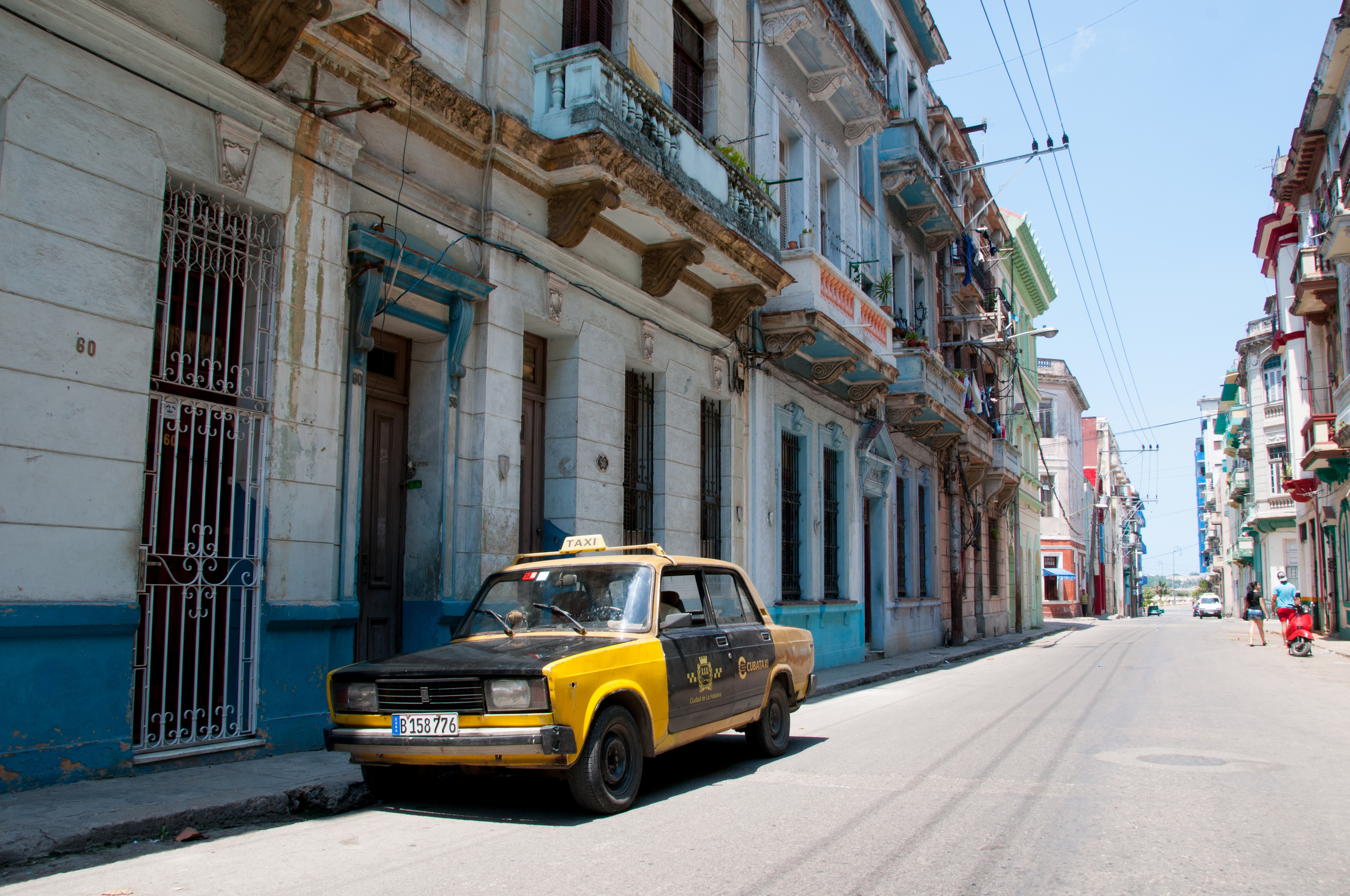
Final
For the photography portion of my classes down in Cuba we were required to present at least ten pictures to the class and say a few words about why we chose those pictures. Most of the students had loose themes that all of their images fell into (portraits, architecture, colors, textures). My general theme was geometry, architecture and trying to find order in the chaos of Cuba, while trying to show the environment that Cubans live in. These are the pictures that I presented in my final presentation.
